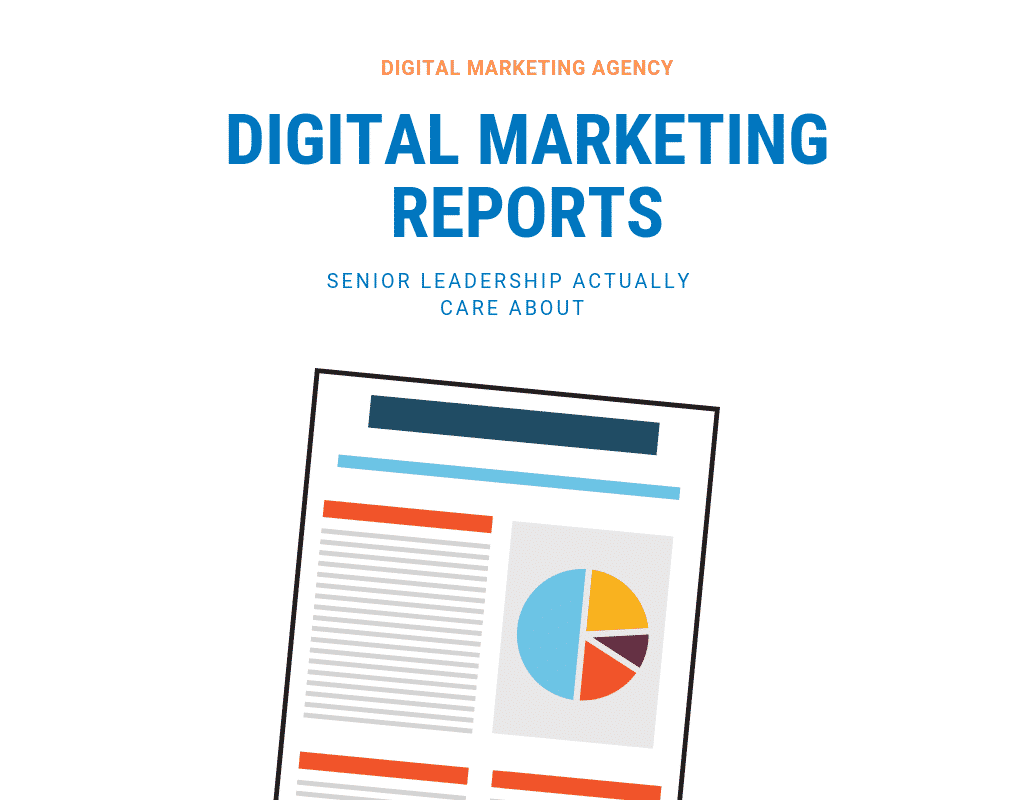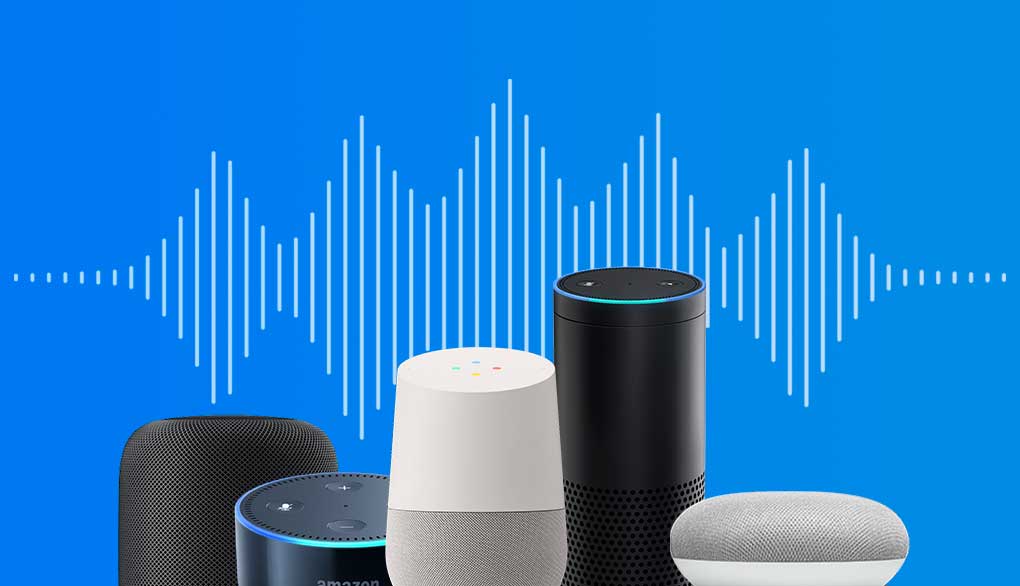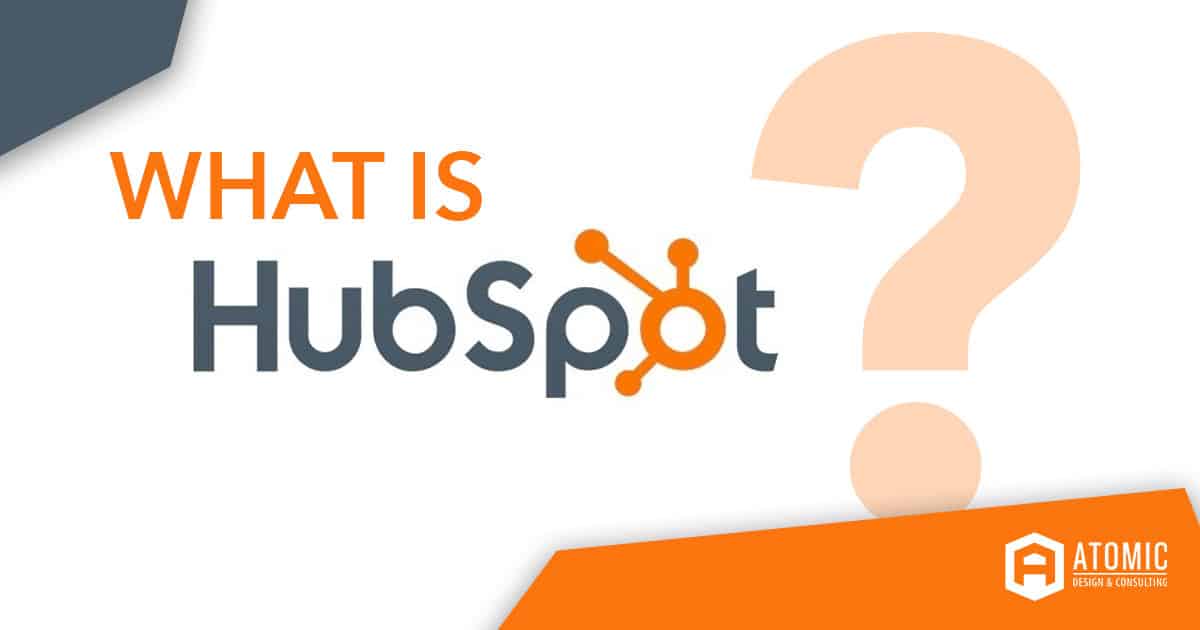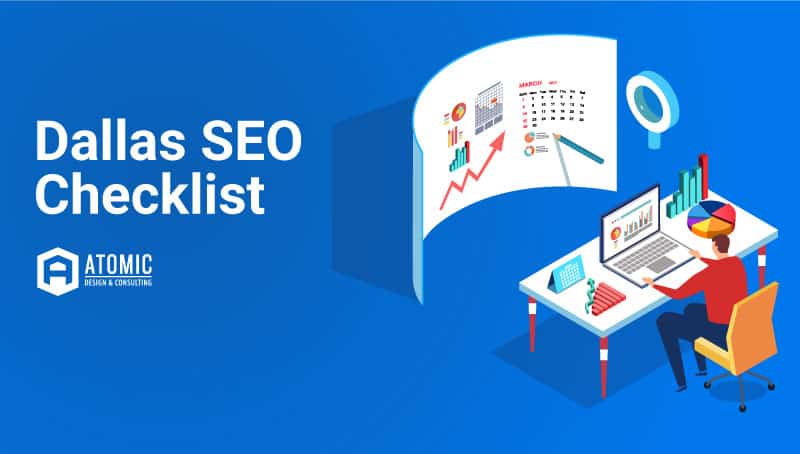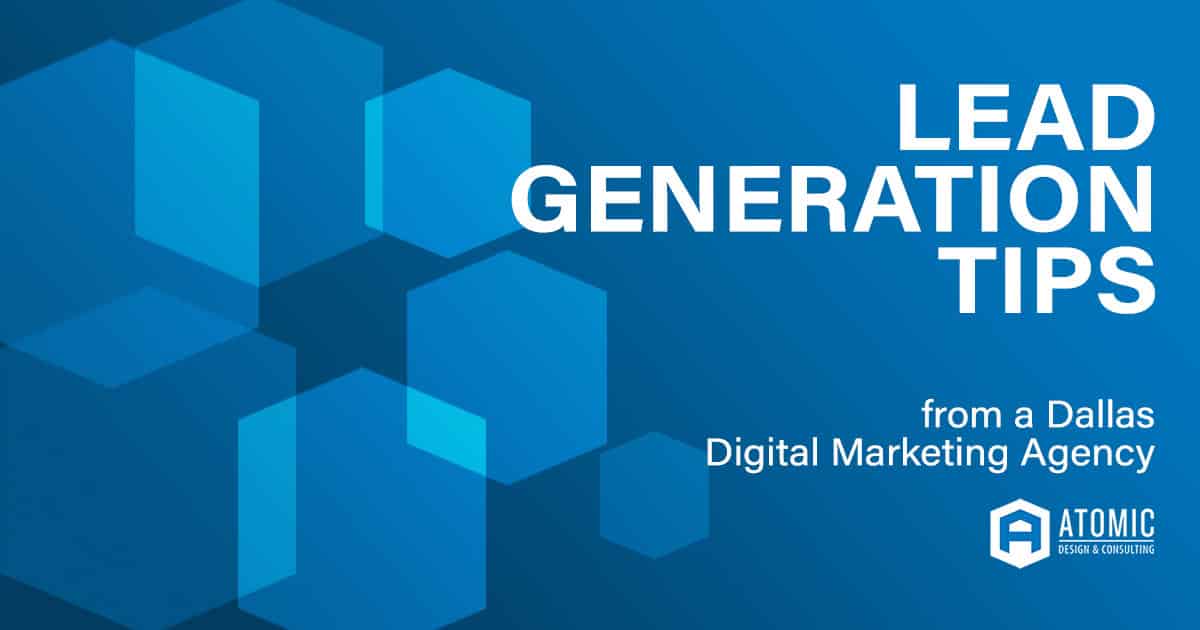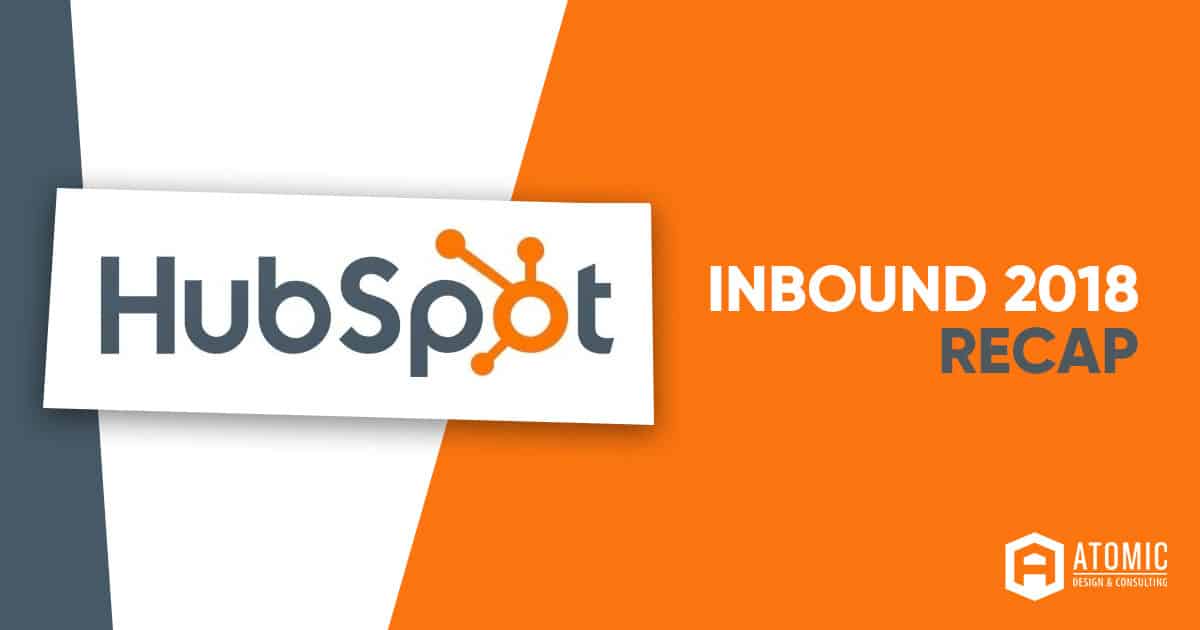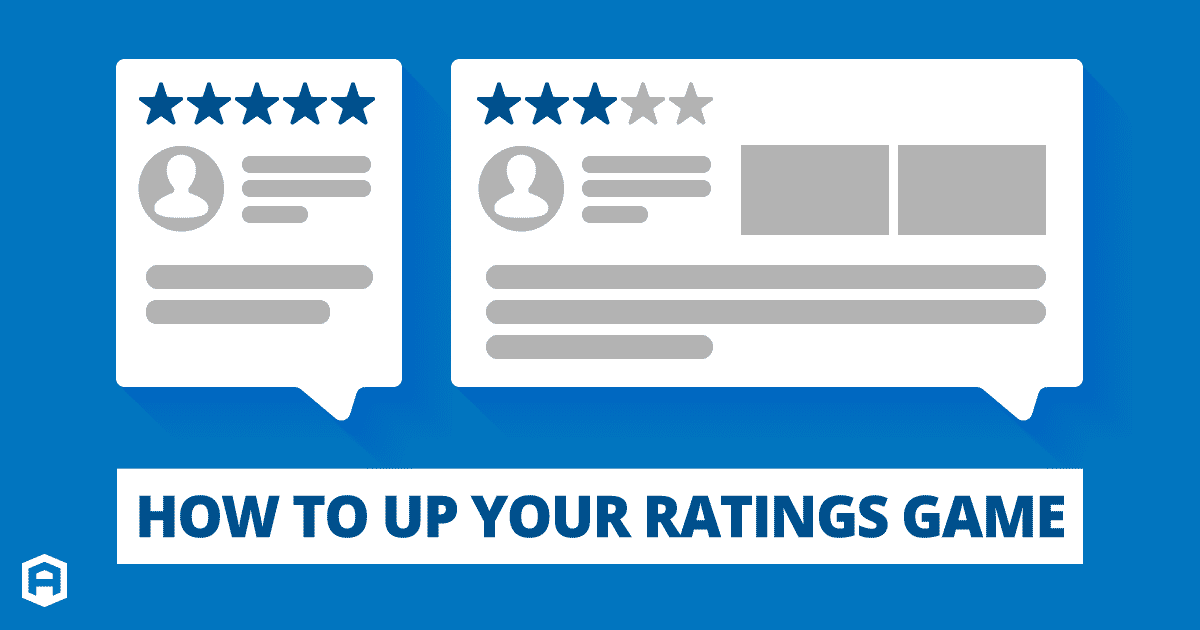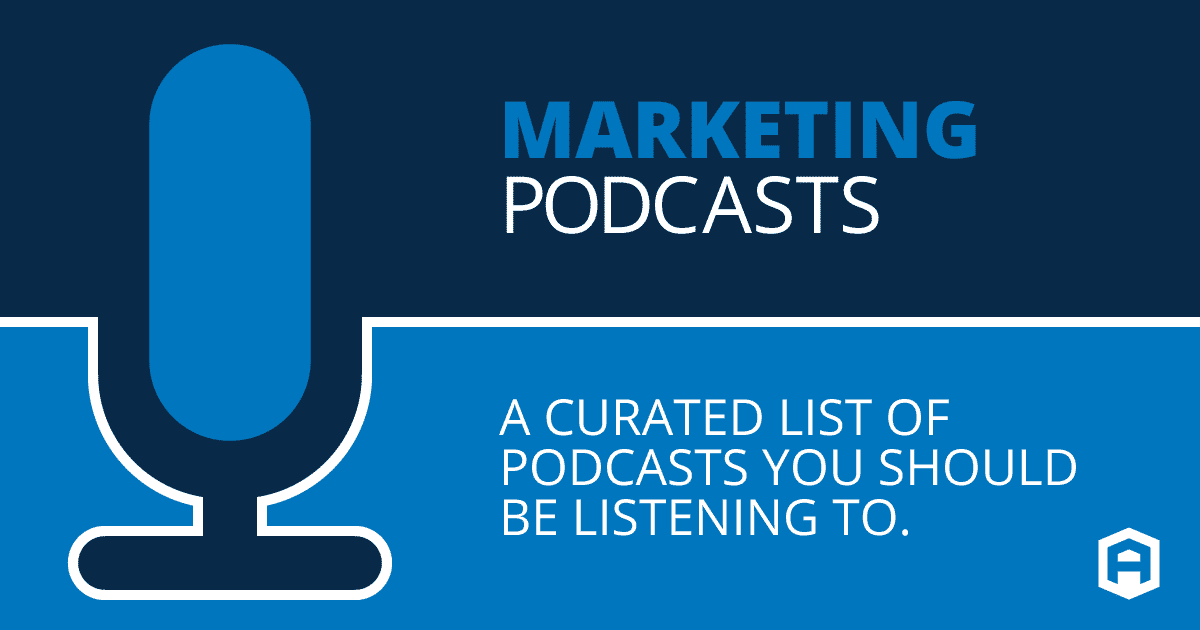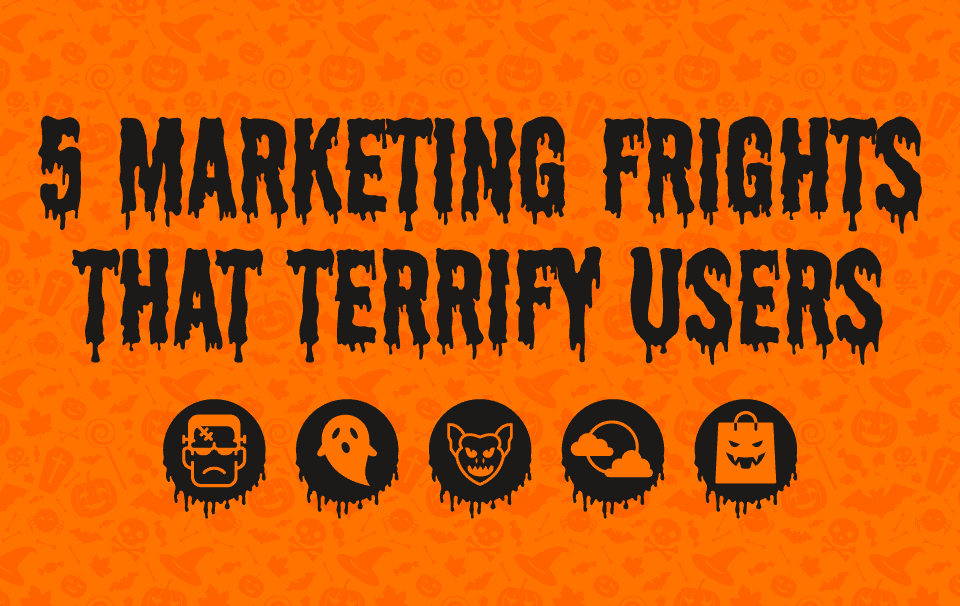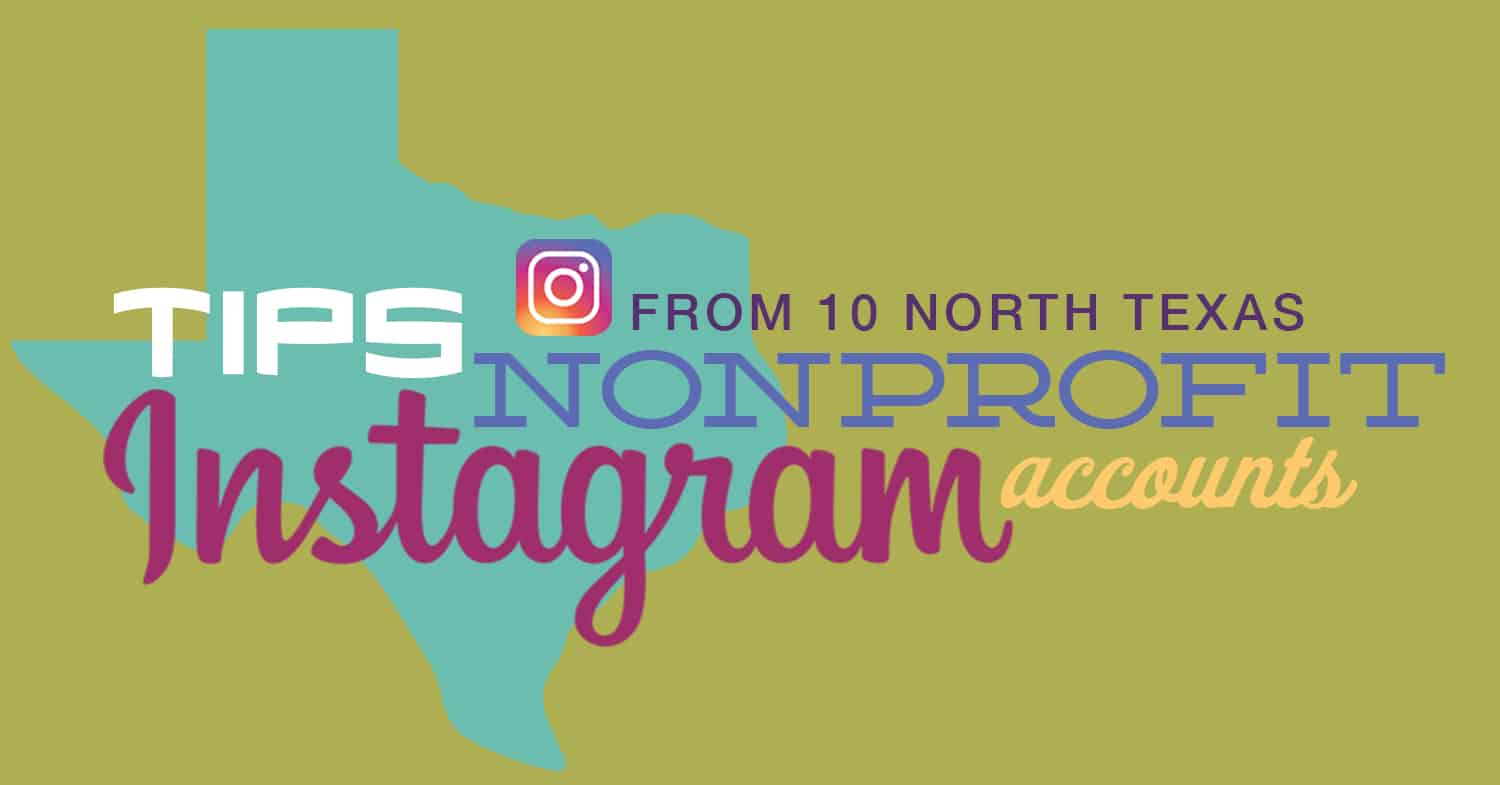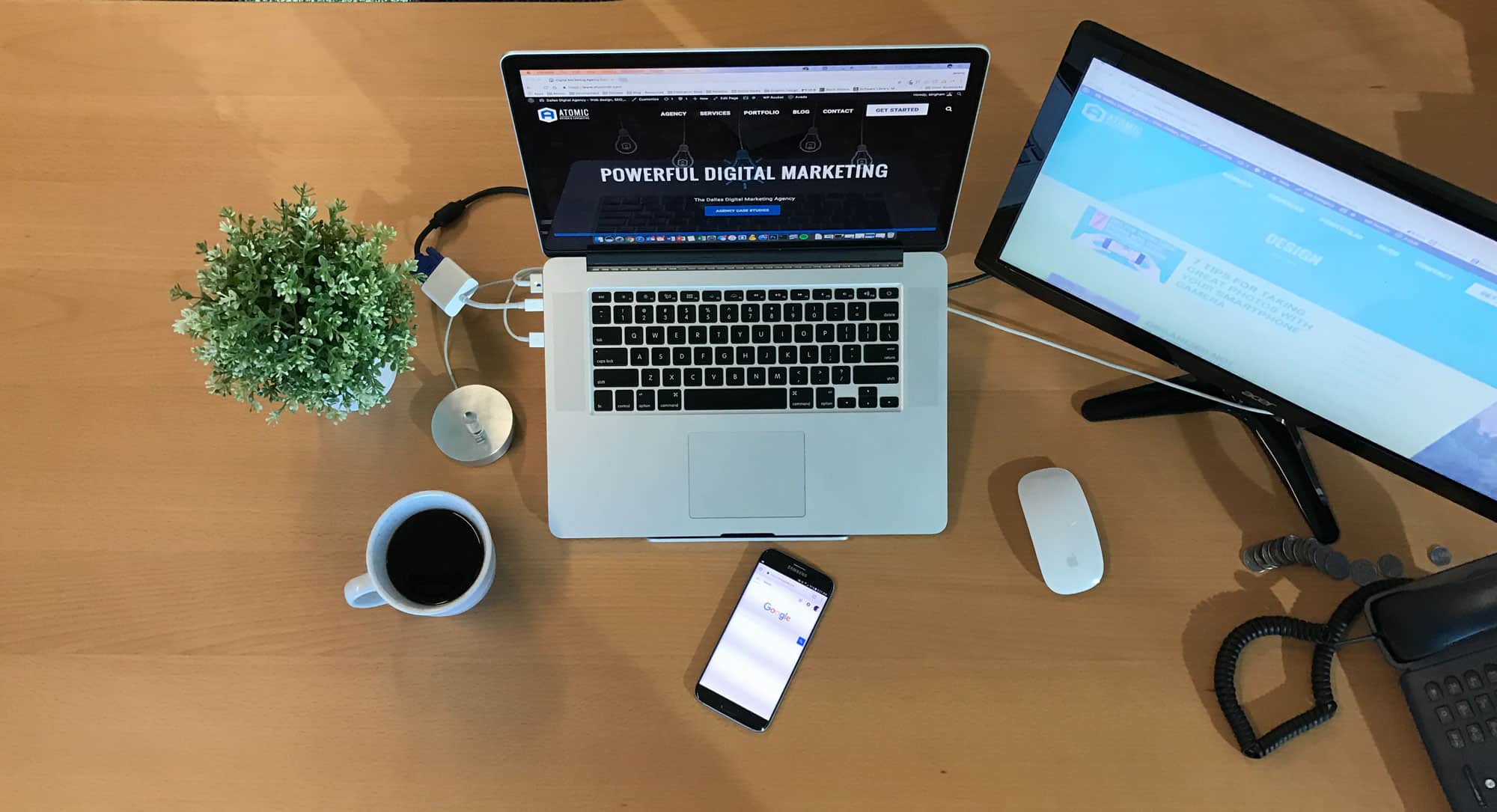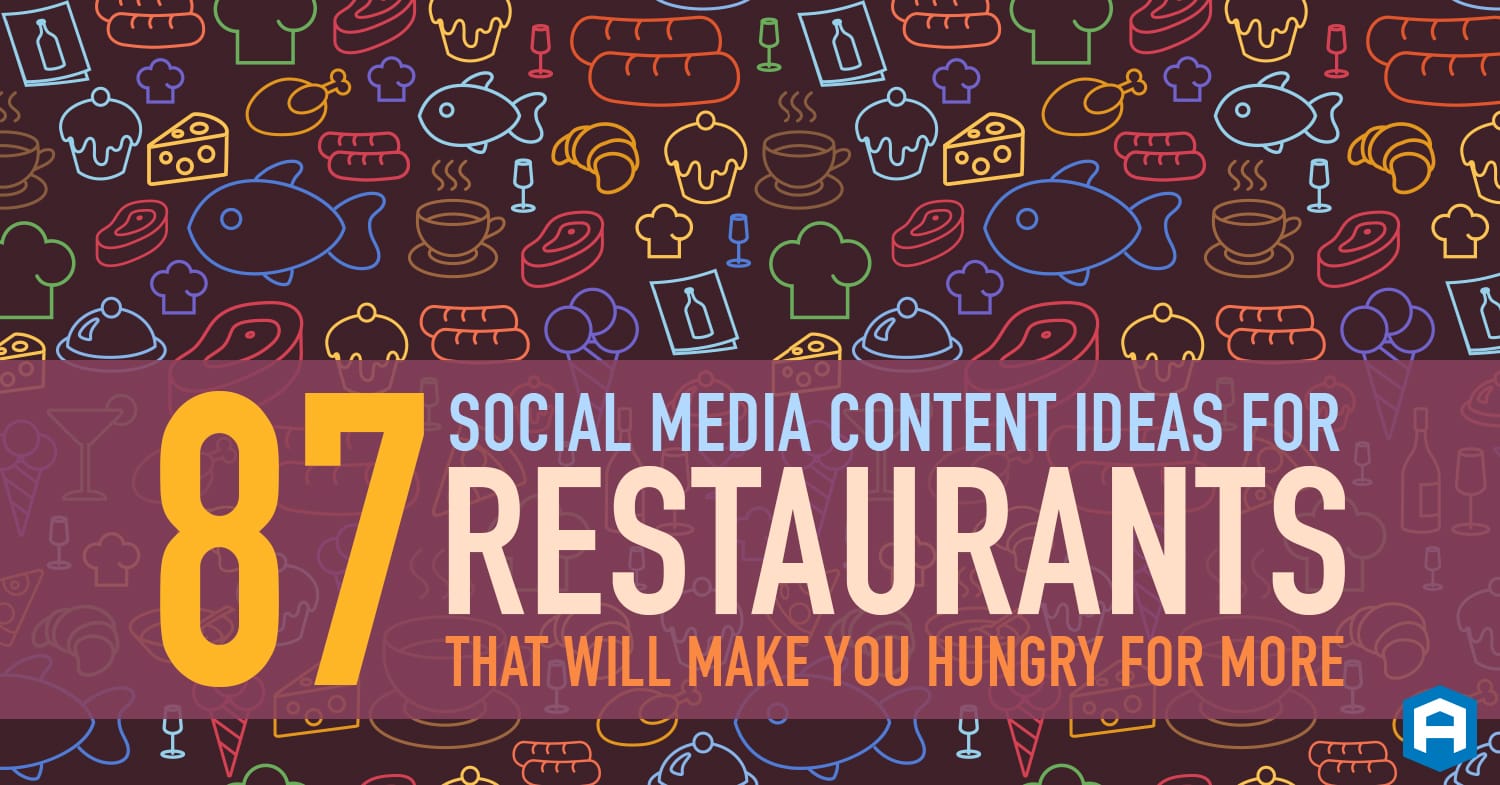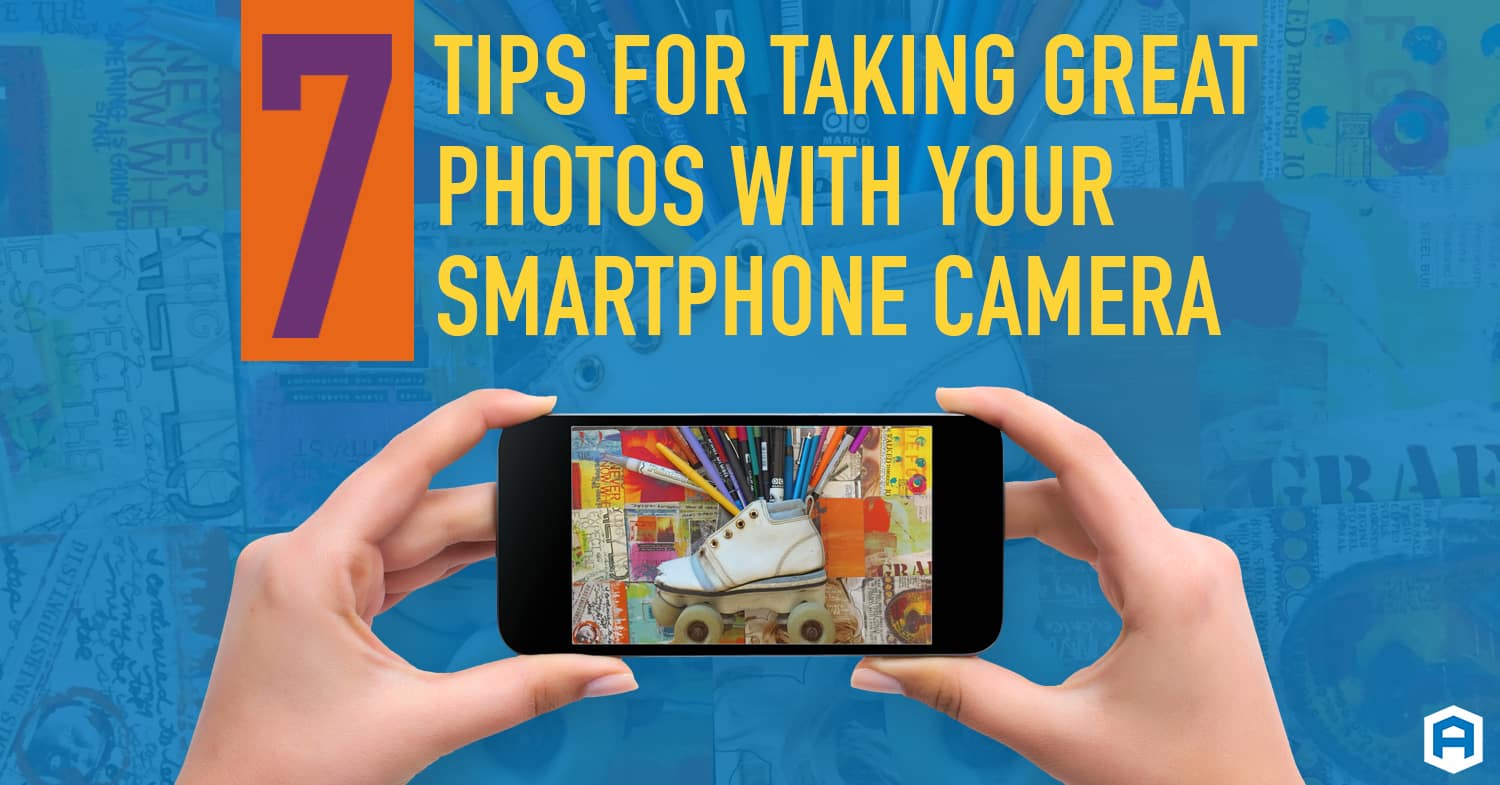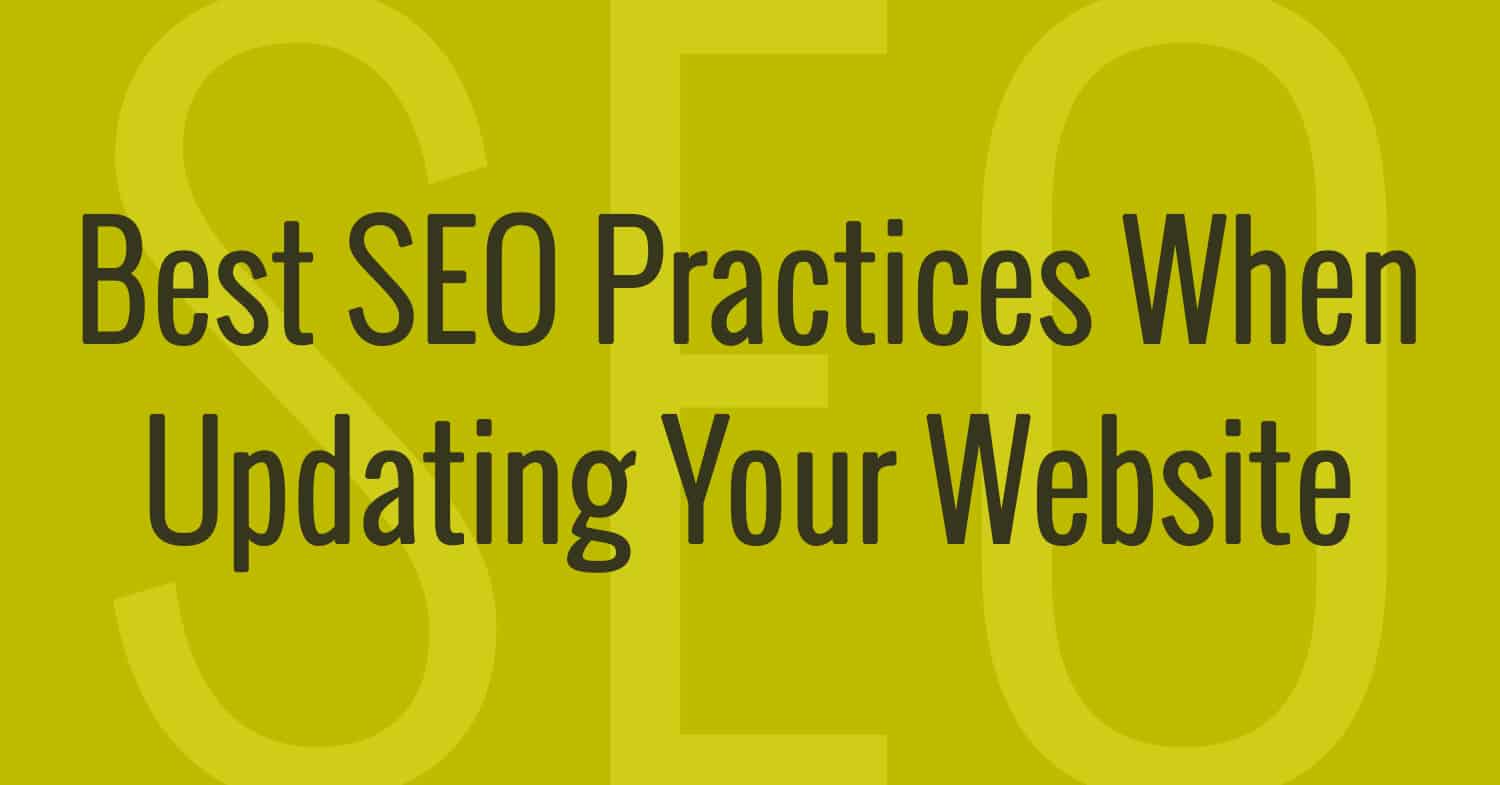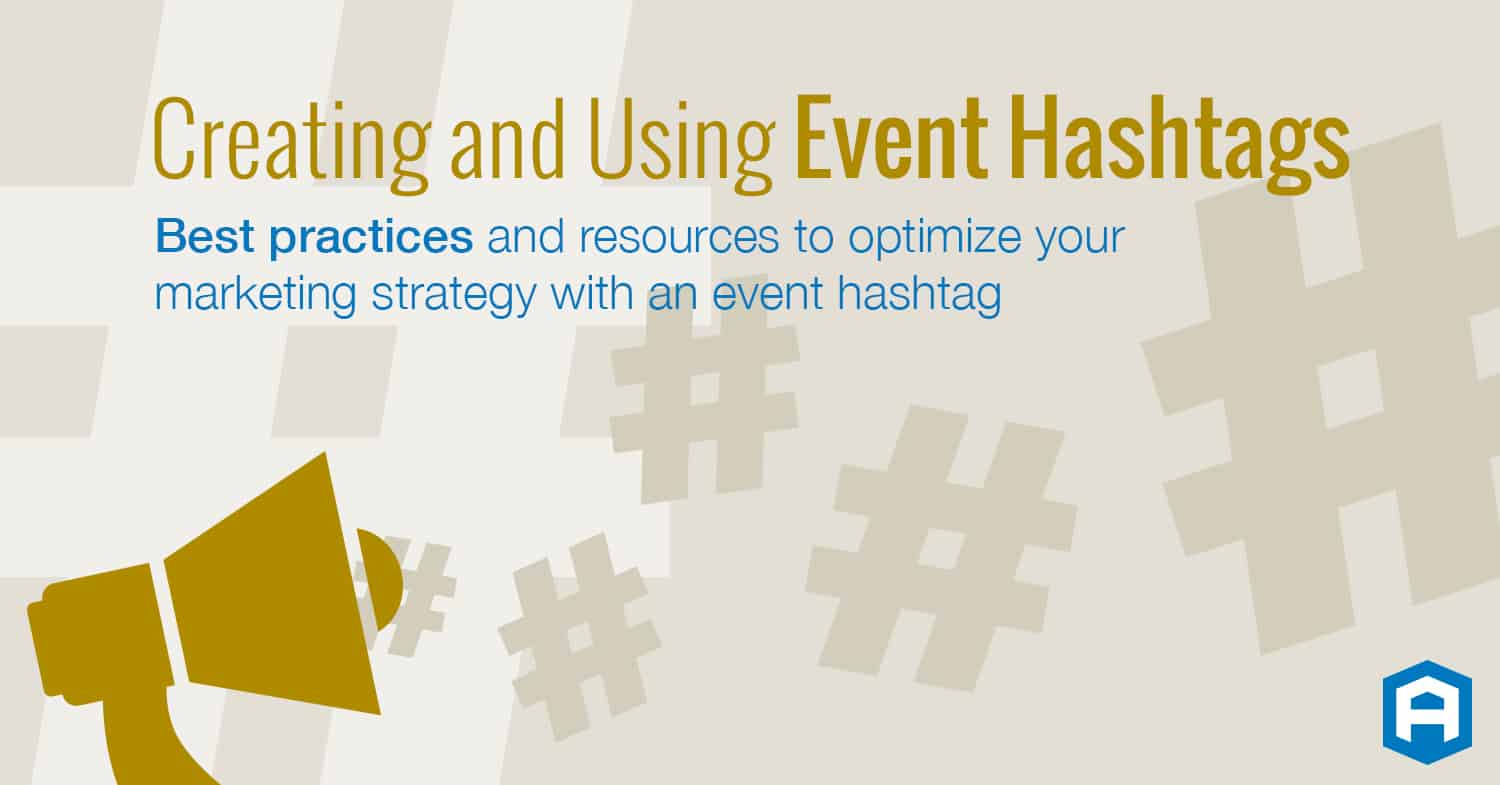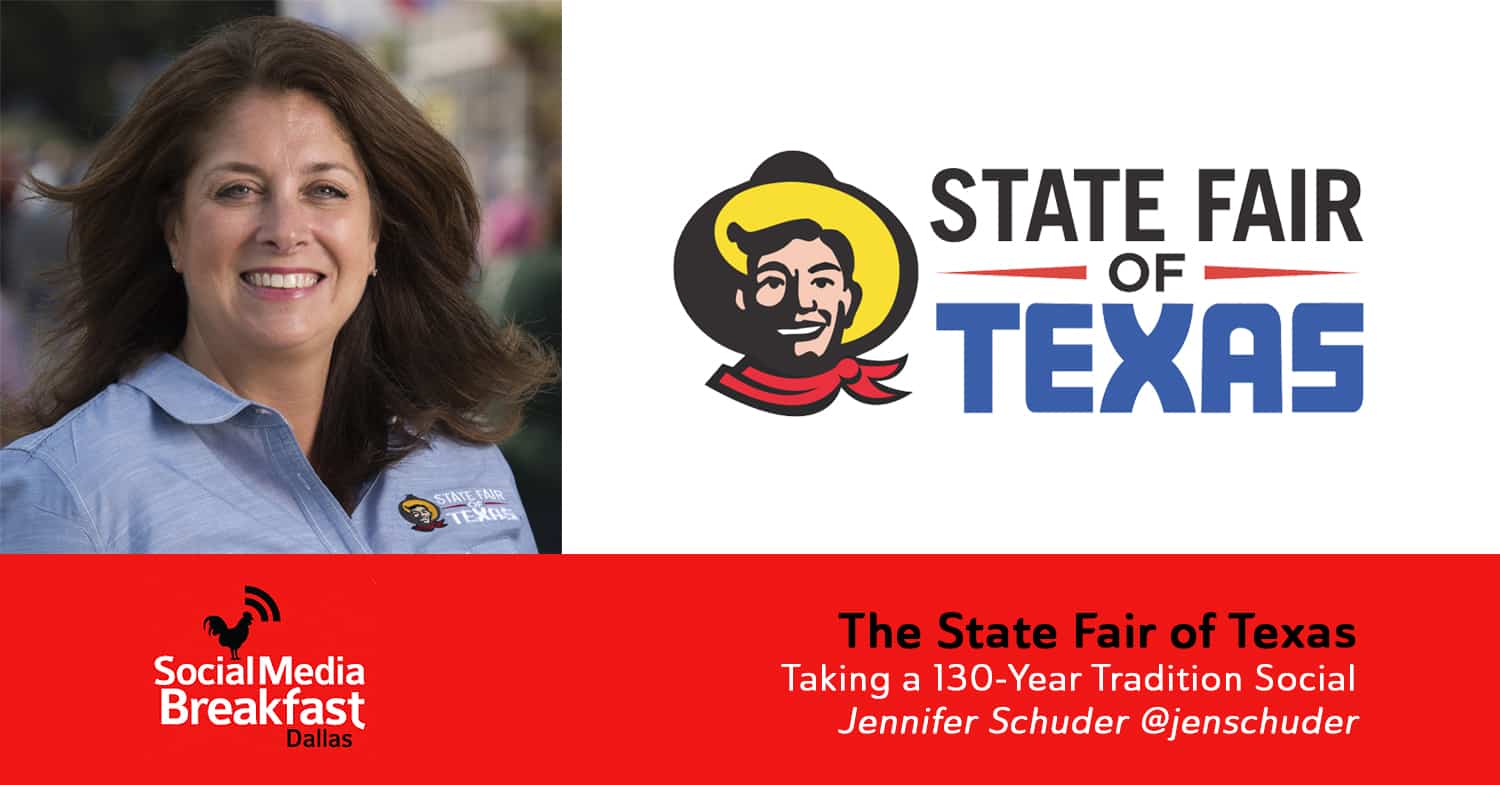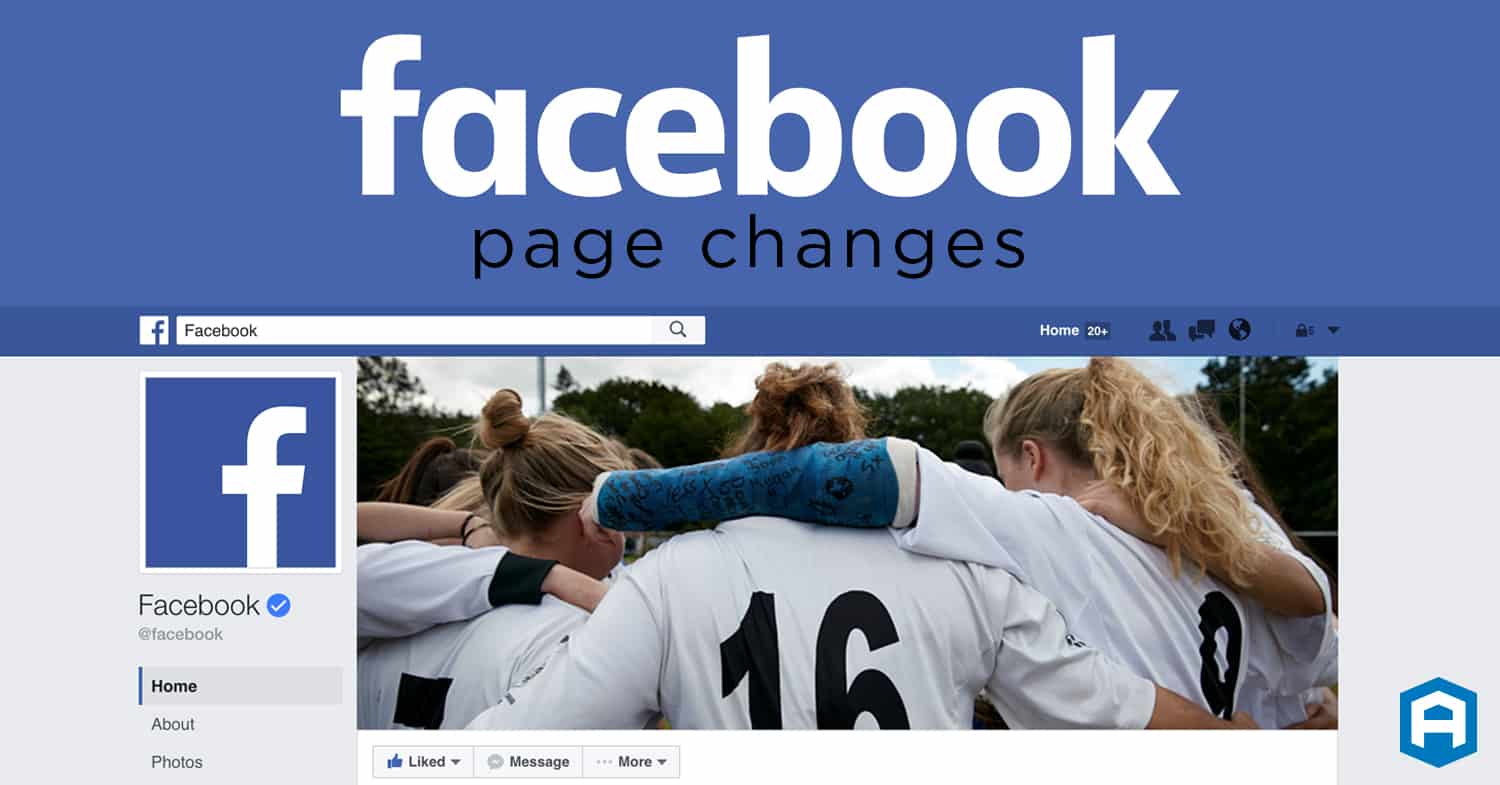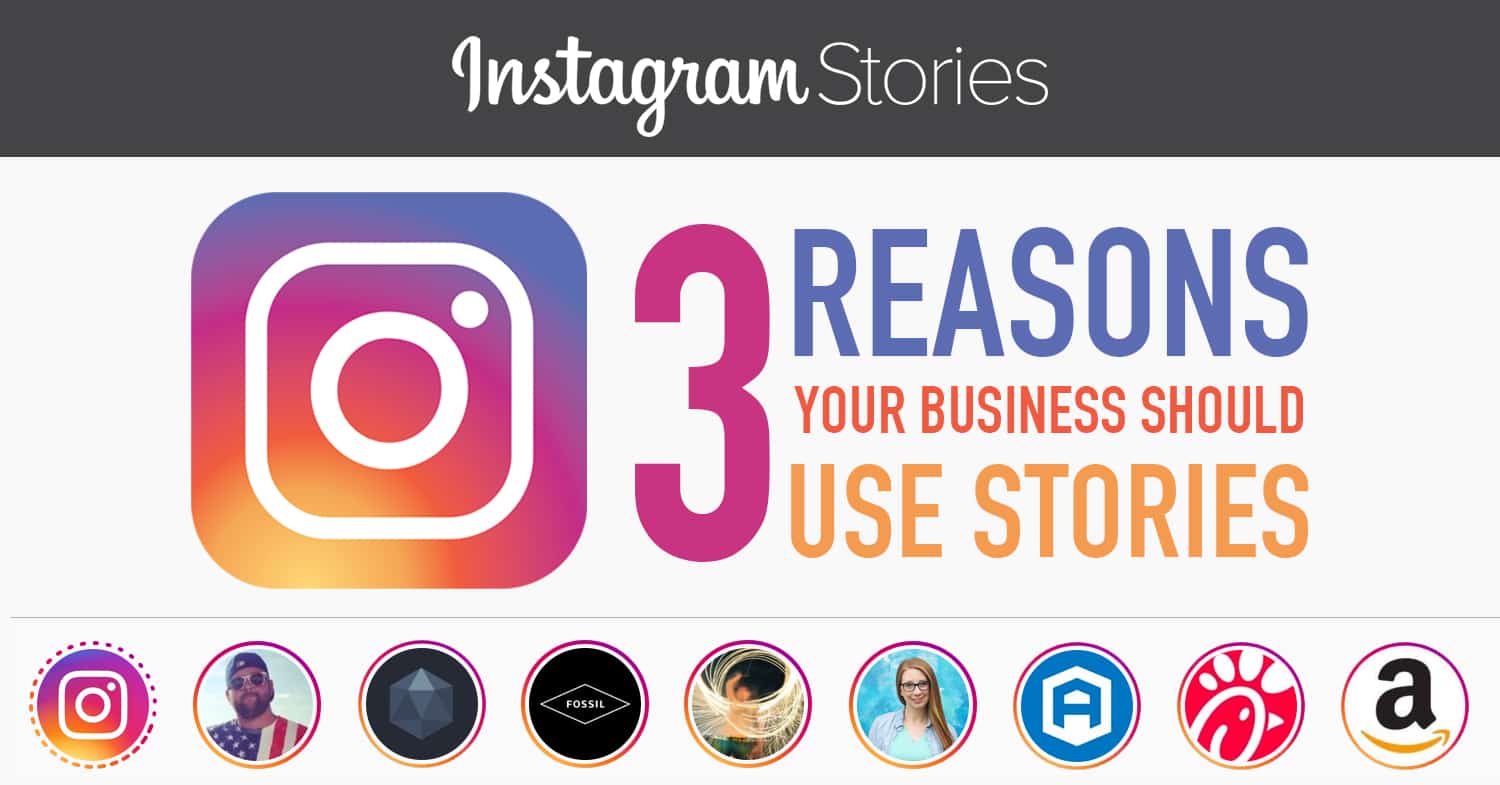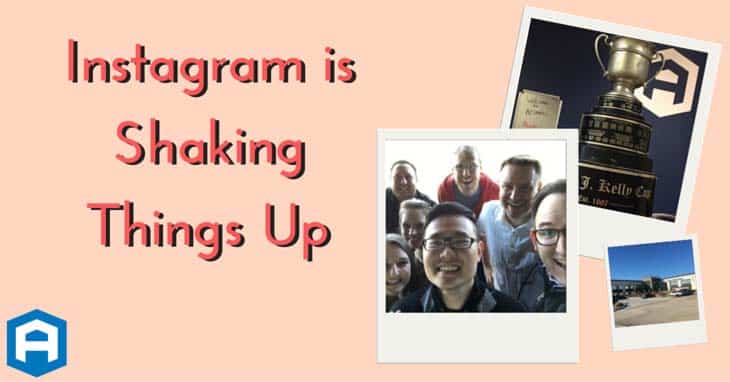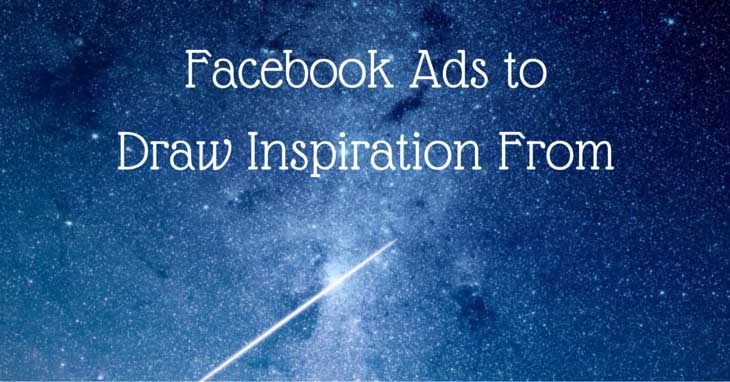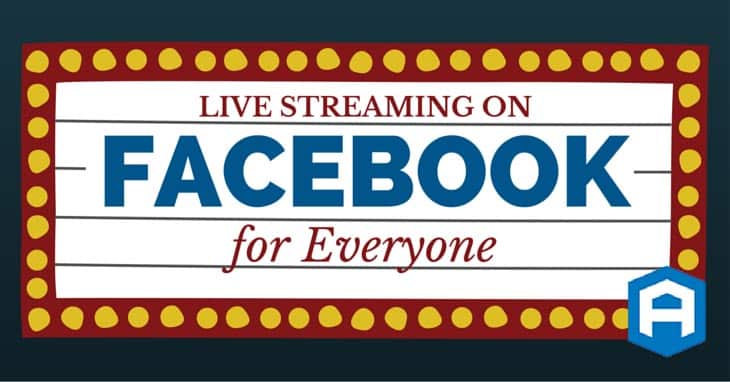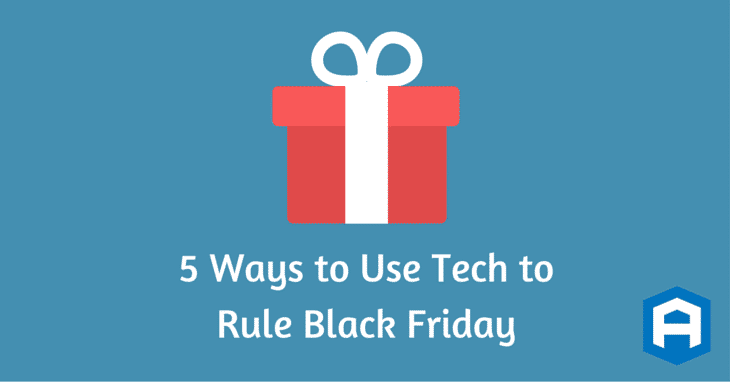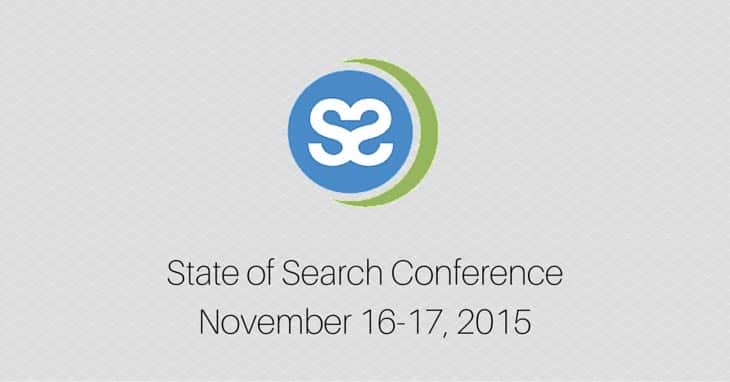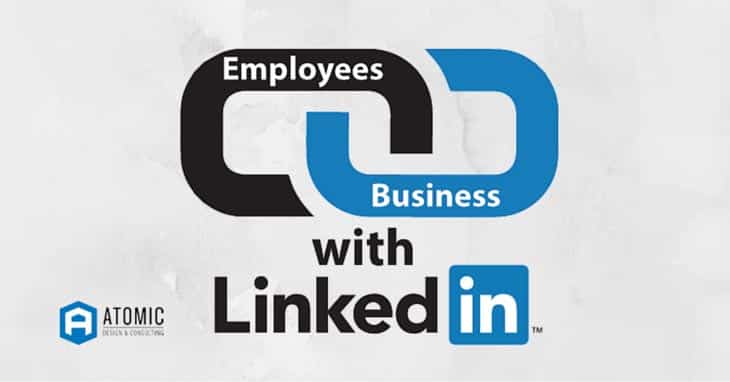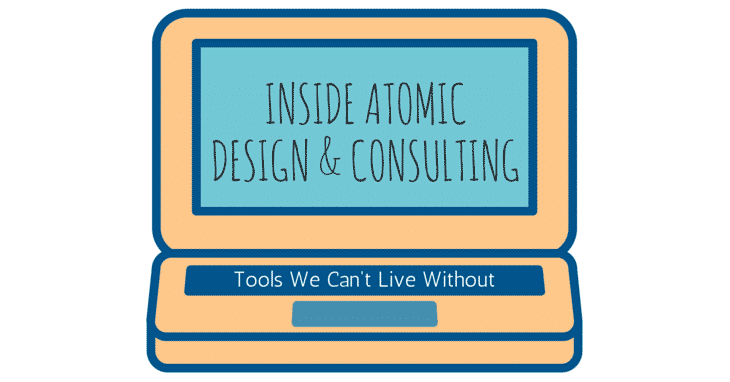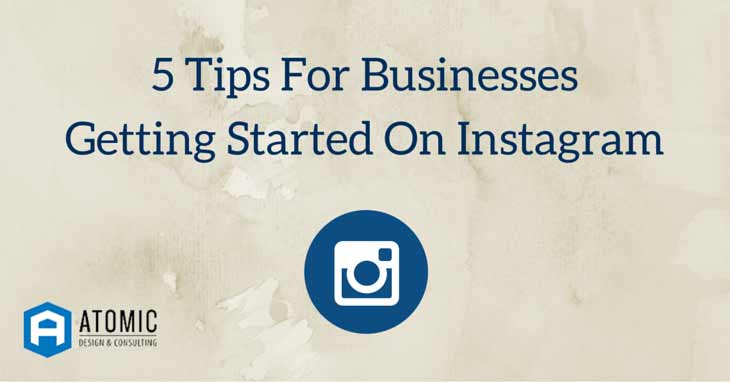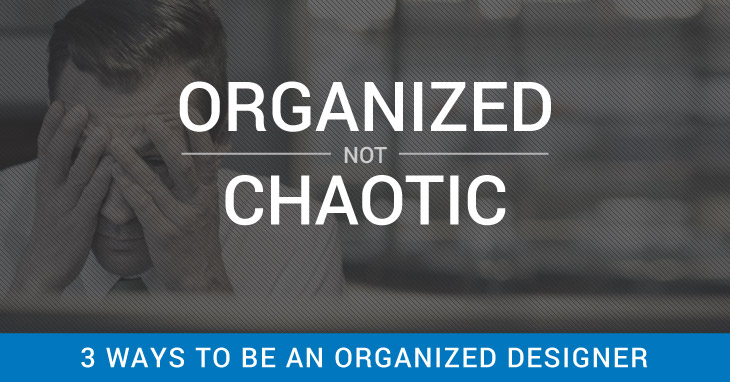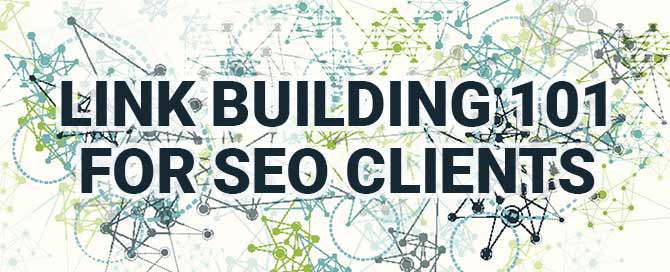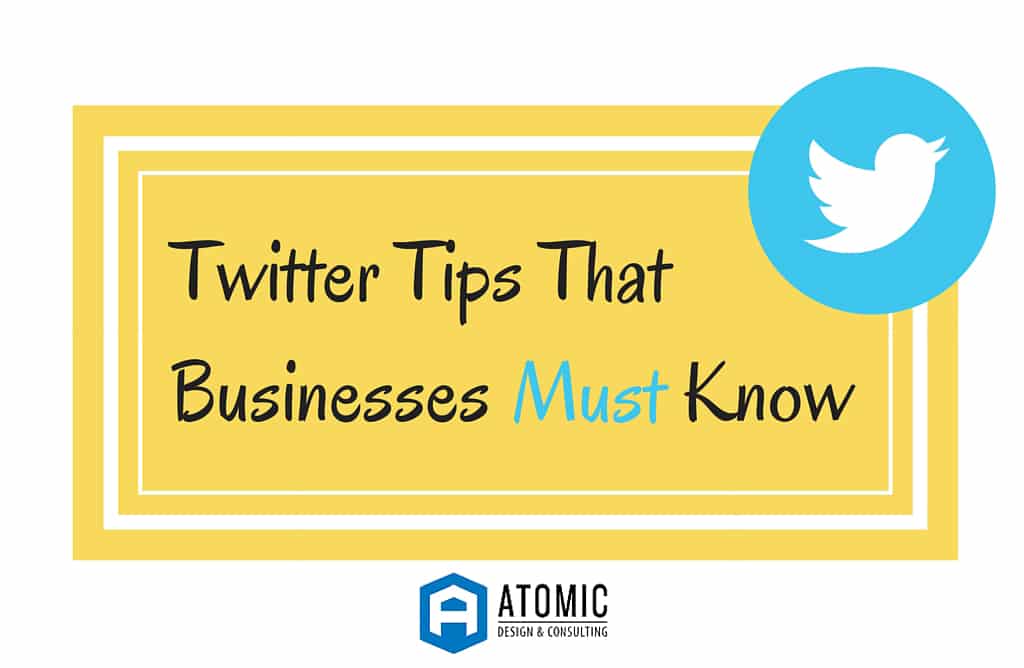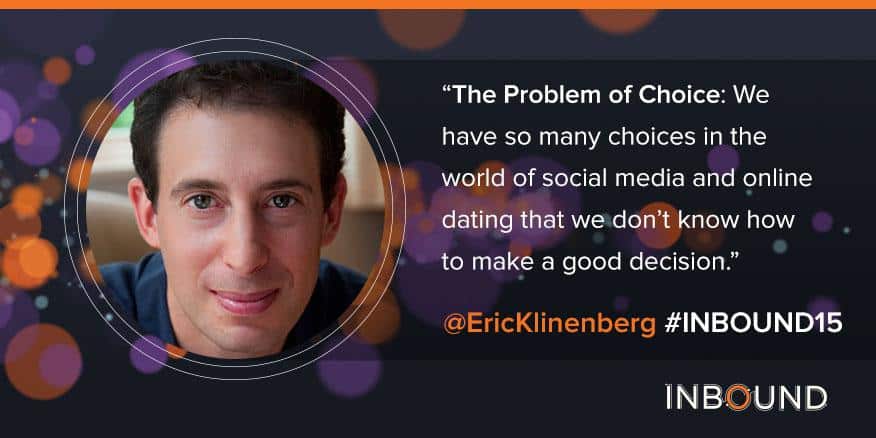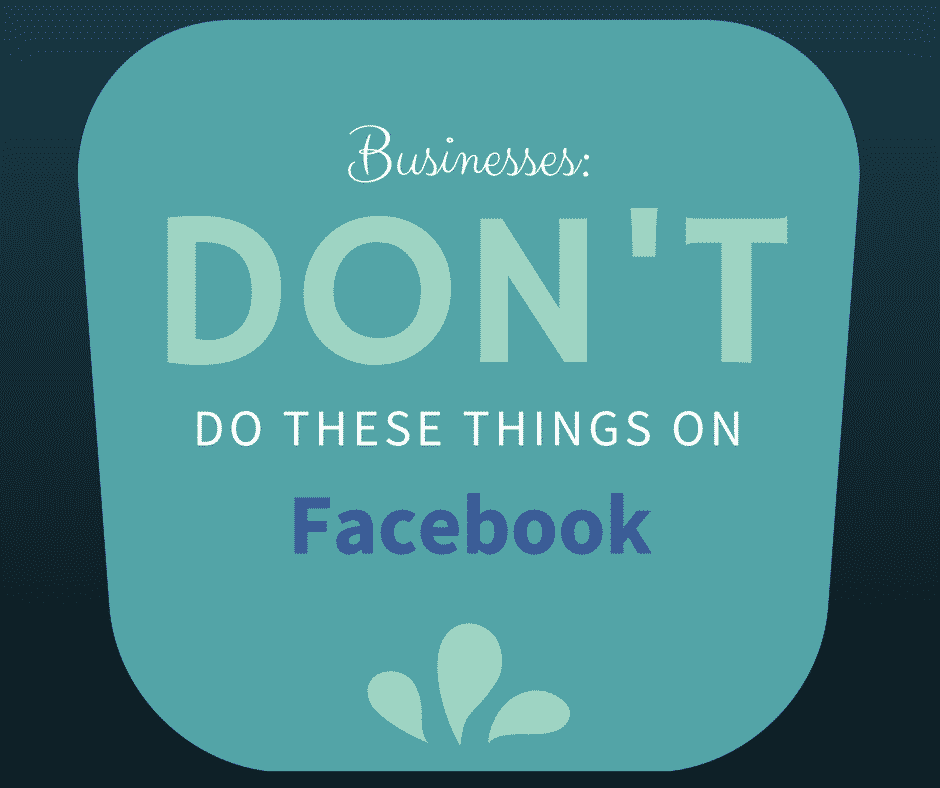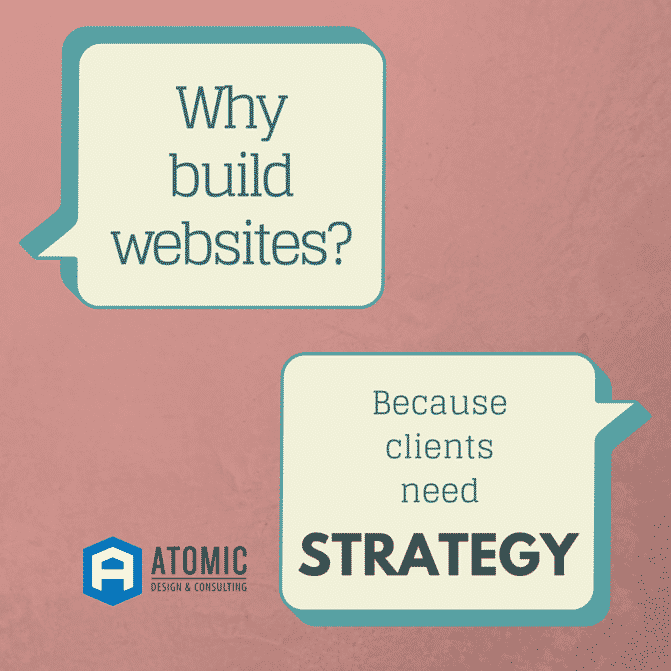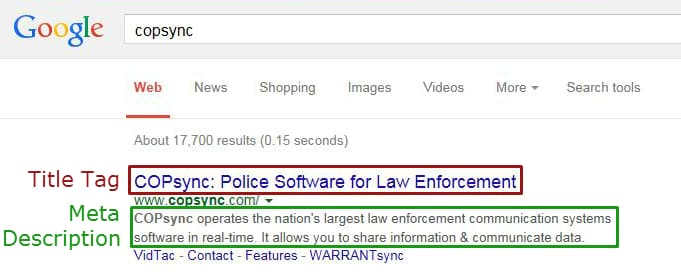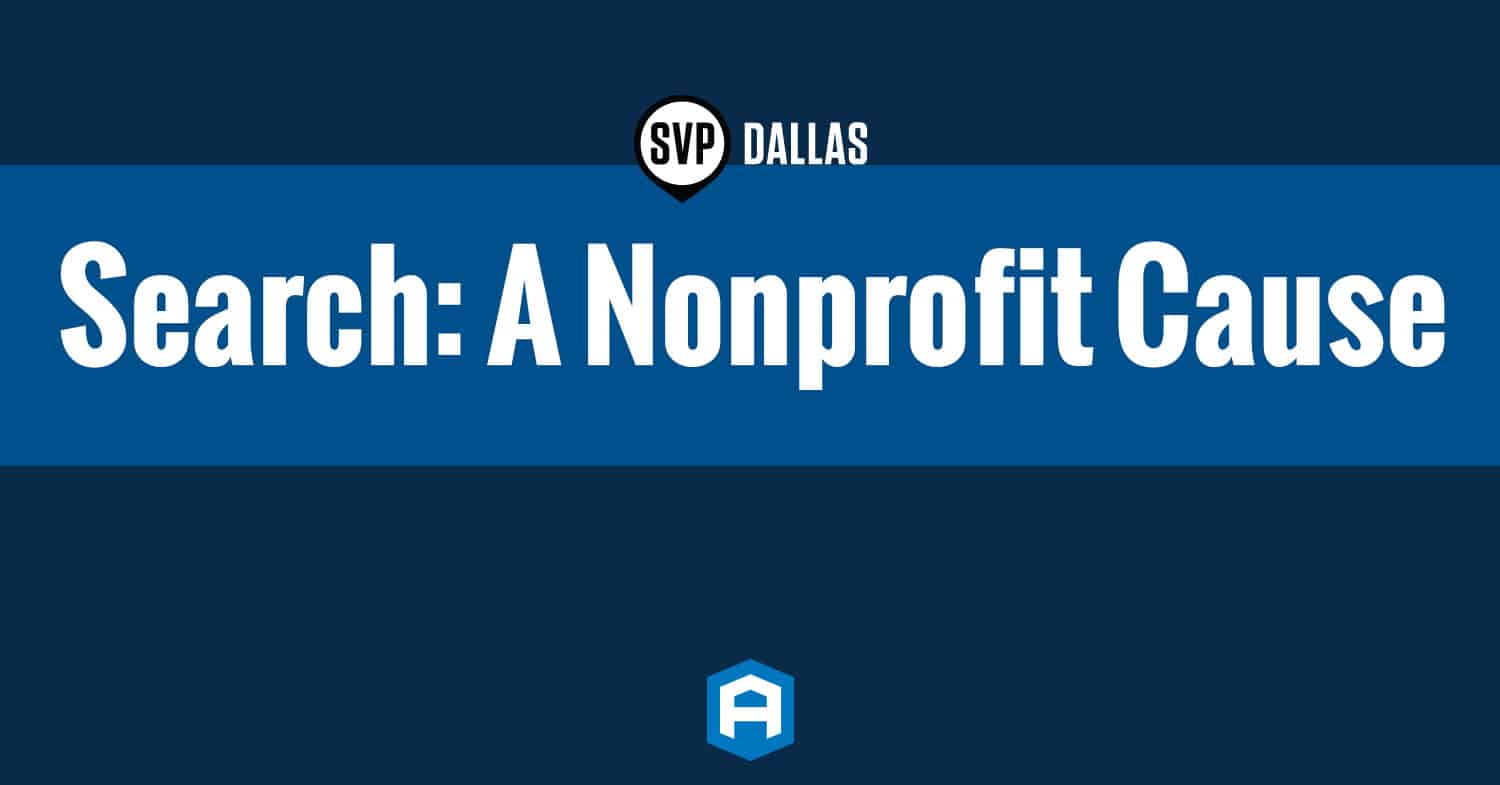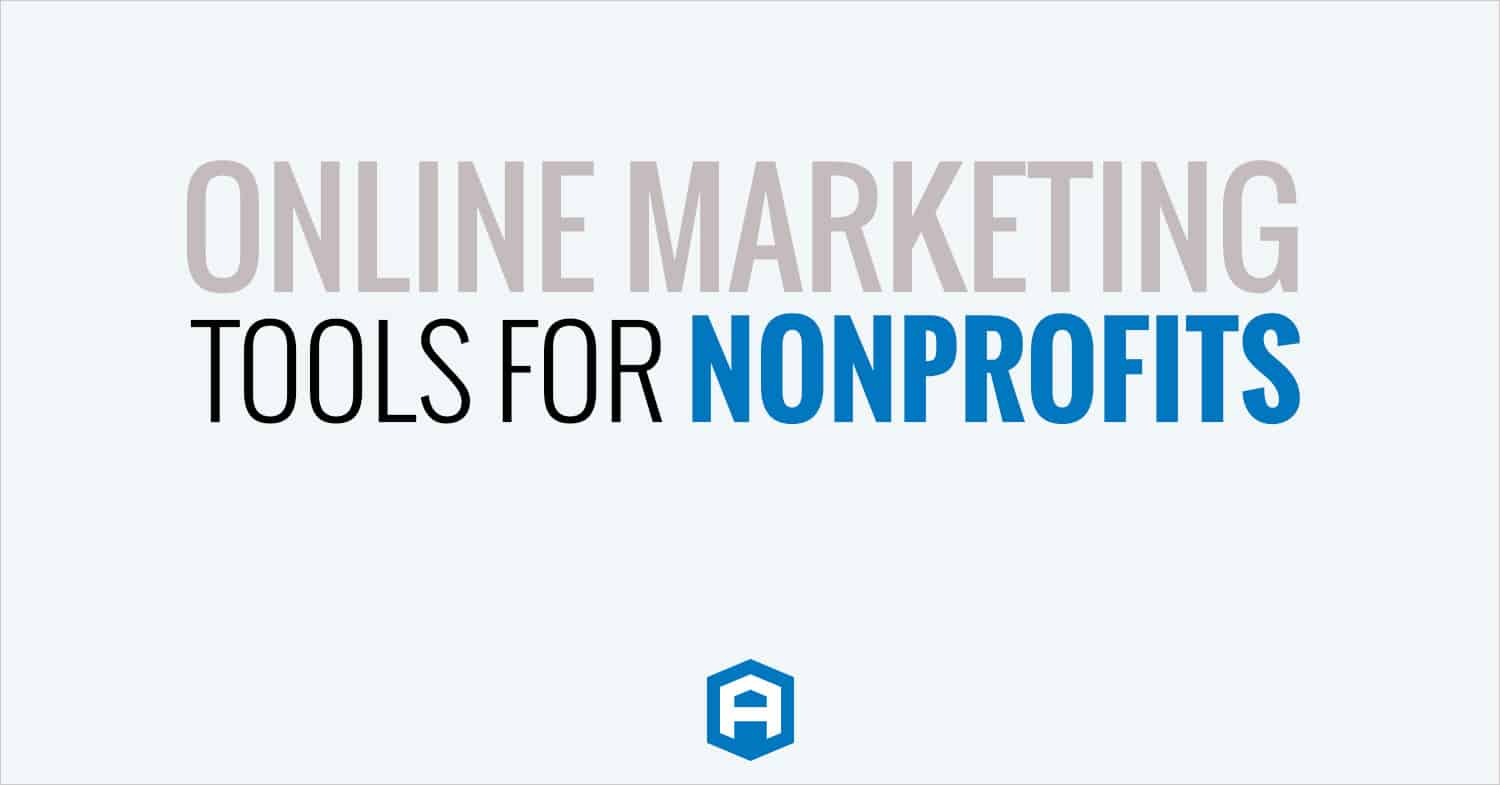
Wondering why your traditional marketing efforts are failing?
You may need to cure yourself of “Pitch Slap” marketing.

Symptoms of a Pitch Slap:
- Vague introduction
- Misleading intentions
- The core focus is to persuade
- BAM – there’s the sales pitch!
Only Known Cure:
Inbound Marketing
We’ve all been on the receiving end of the classic pitch slap. A traditional sales pitch throws information at prospects hoping to sell a product or service before you, the buyer, can hang up the phone or slam the door. It’s rare that a cold call with a one-way dialogue can offer something your business truly needs at that moment. If you are on the receiving end of being pitch slapped do you feel motivated to buy—or to duck and run?
Yeah, we don’t like being “pitch slapped” either. And that is why traditional marketing efforts like colorful mailers (AKA junk mail), scripted cold calls and generic print ads in magazines no longer work.

What is Inbound Marketing?
The major difference in inbound strategy is that when people are reading your content or learning about your business it’s because they WANT to. How different do you think that experience is from someone who just had random information pitched to them?
A strong digital and inbound marketing strategy relies on collaborating and having conversations to determine what customers need first, then presenting solutions and value to meet those needs.
The customer is and remains the most important element to consider when creating an inbound strategy.
What the Funnel?
You’re probably used to seeing the marketing funnel as the base model for all strategy—but an even stronger proposition is the marketing flywheel. The flywheel model takes all your marketing efforts and uses them to strengthen each other and propel you forward. If you do inbound marketing right, then your customers are also fueling your future success. It’s a win-win situation for everyone —the customer —the marketer —and the sales team.
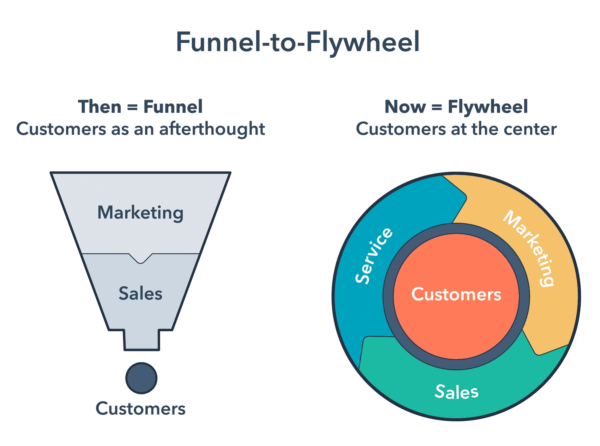
Let’s take this method ENTIRELY out of context and see how it works.
CASE STUDY:
YOUR GOAL: Make 10 stressed out moms feel good about themselves today
TRADITIONAL MARKETING
Step 1. Write about your experience being an awesome parent and ask to discuss how awesome they are too
Step 2. Make 1000 copies
Step 3. Hand it out to absolutely anyone who looks like your mom or your mom’s friends
Did it work?
Did you find 10 stressed out mom’s and make them feel really good about themselves? Maybe, but you wasted a lot of paper and probably made other people think you were really weird and pushy. Plus, you potentially pitch slapped 1,000 strangers.
NOW TRY THE INBOUND STRATEGY
Step 1. Find out when and where stressed out moms might be throughout the day
Ask yourself:
- Where do they go?
- What things do they need?
- What do they all have in common?
Step 2. Set up a table where you think those moms will be.
Step 3. Write – “You Are an Awesome Mom!” on a giant poster.
Step 4. Hand them a lollipop for their kids.
Which method do you think is more effective?
The reason inbound is more effective is because you got to know your audience, you gave them something valuable, and put yourself in their path with the right content. Heck, you probably got those people to tell their other mom friends to come say hello and get a free lollipop too! (Picture loads of happy moms swarming your table)

Why Inbound Marketing
Did you know that only 29% of people will talk to a salesperson to learn more about a product, while 62% will consult a search engine?
Customer’s buying behaviors have changed and their expectations from brands and how they communicate has changed. With 57% of buyers going through the purchasing process before ever talking to sales, marketers in different verticals around the world are pulling in more budget for their inbound marketing efforts—creating articles, social media posts, videos and optimizing their websites to draw in new leads, engage customers and create brand awareness.
More than a Buzzword – What’s the Hook?
Much more than a buzzword, inbound marketing is how businesses today are gaining back their marketing edge and getting more quality customer engagement. Not only does inbound marketing produce targeted, resourceful content to catch the attention of your ideal customers— research shows that having the right content generates 3 times as many leads as traditional outbound marketing, and more importantly, costs 61% less.
By taking advantage of this transformation and having a properly optimized website and inbound marketing strategy in place, businesses are fueling sustainable—repeatable business growth.
I’ll say it again for the cheap seats.. Sustainable.. Repeatable… Business Growth!
Need Specific Help?
Interested in a specific topic? Review the topics below to get the info, news, and tips you need!

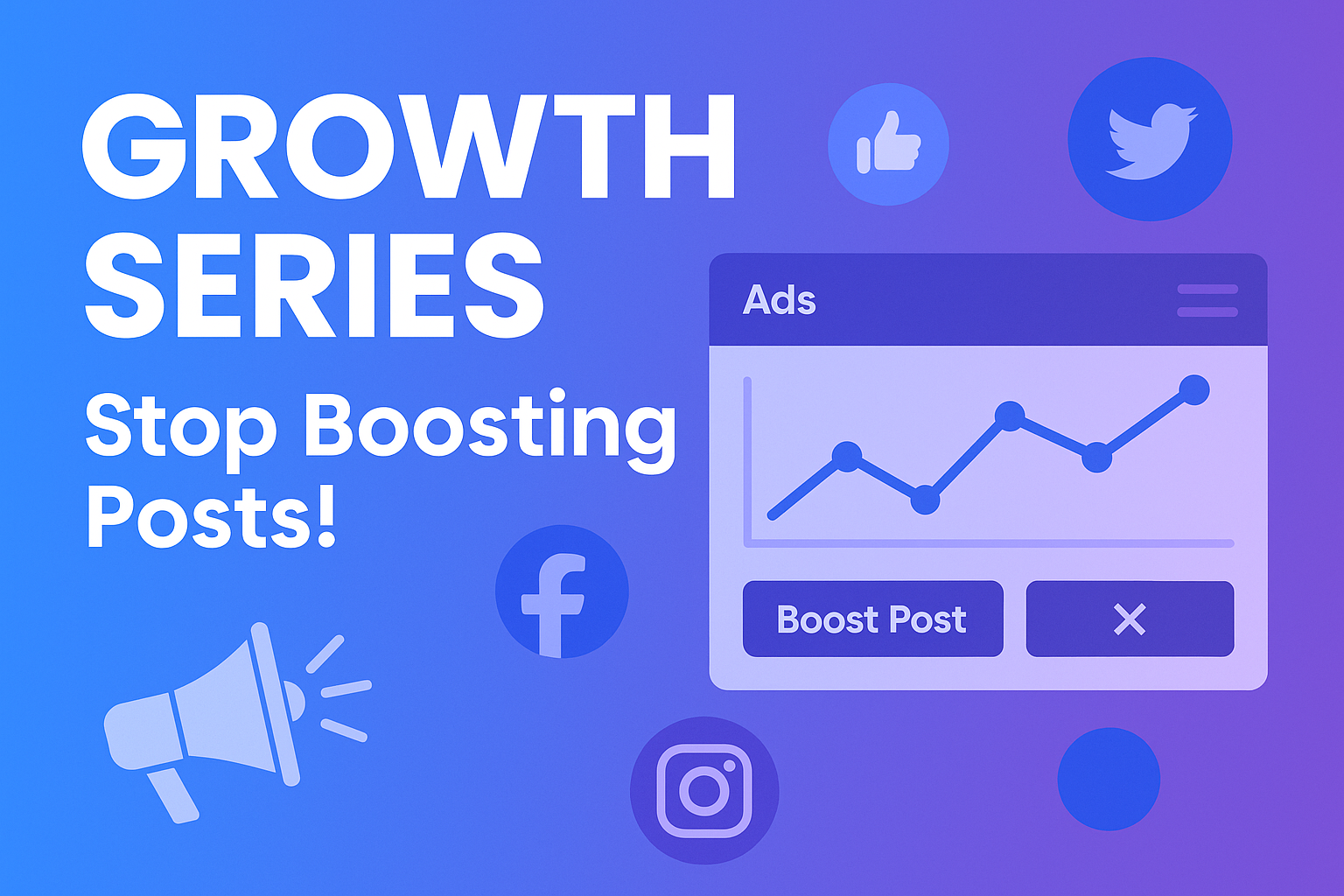
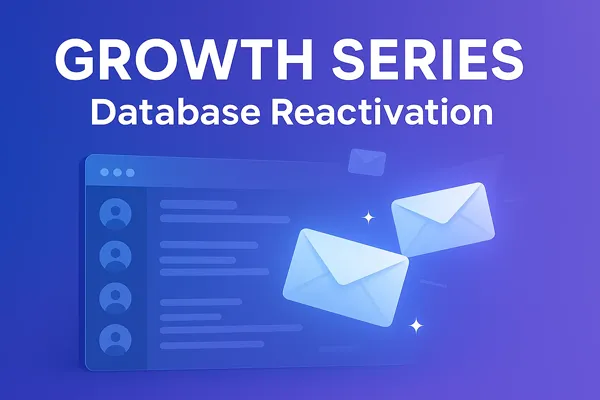
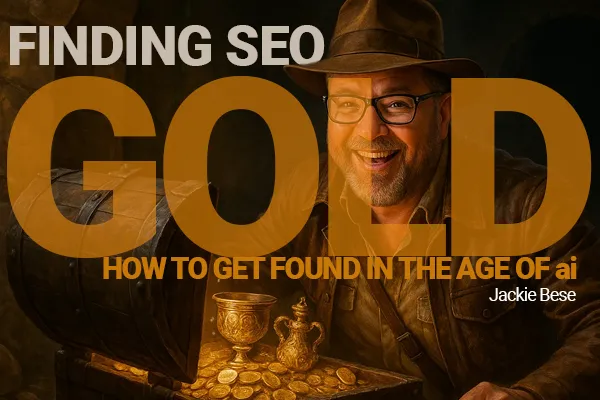




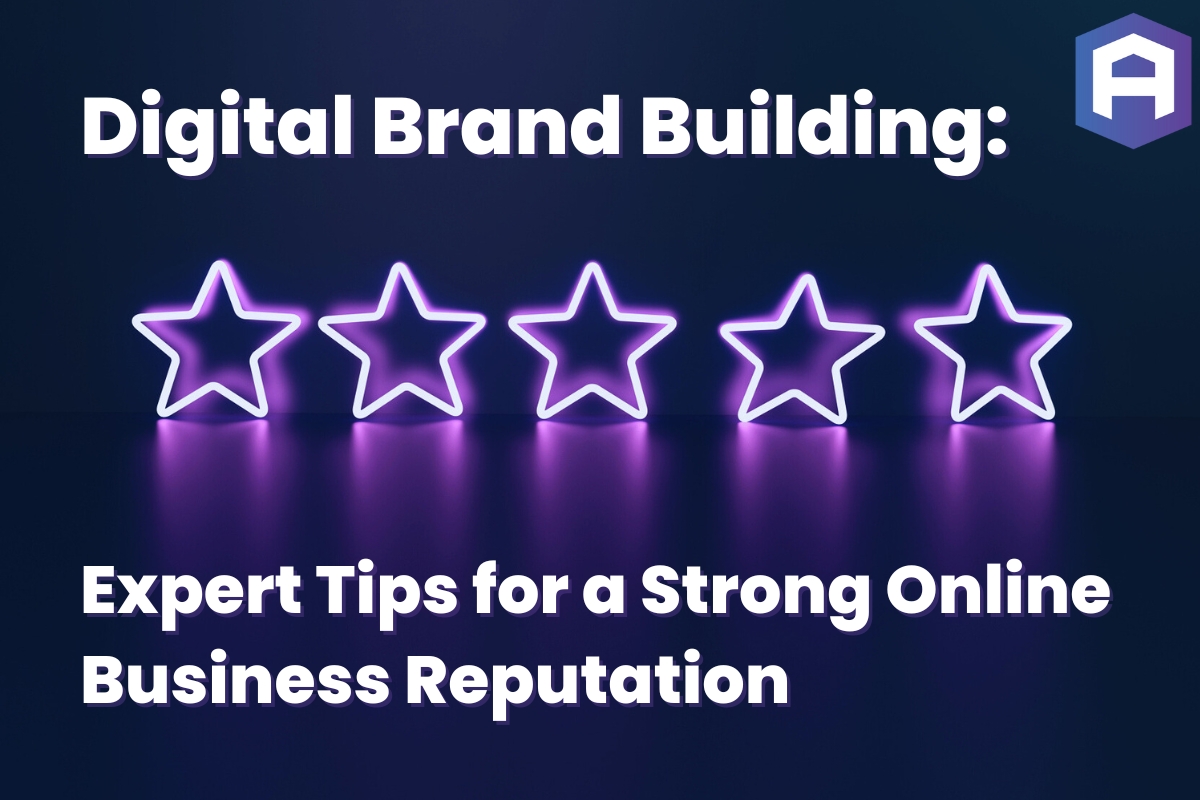
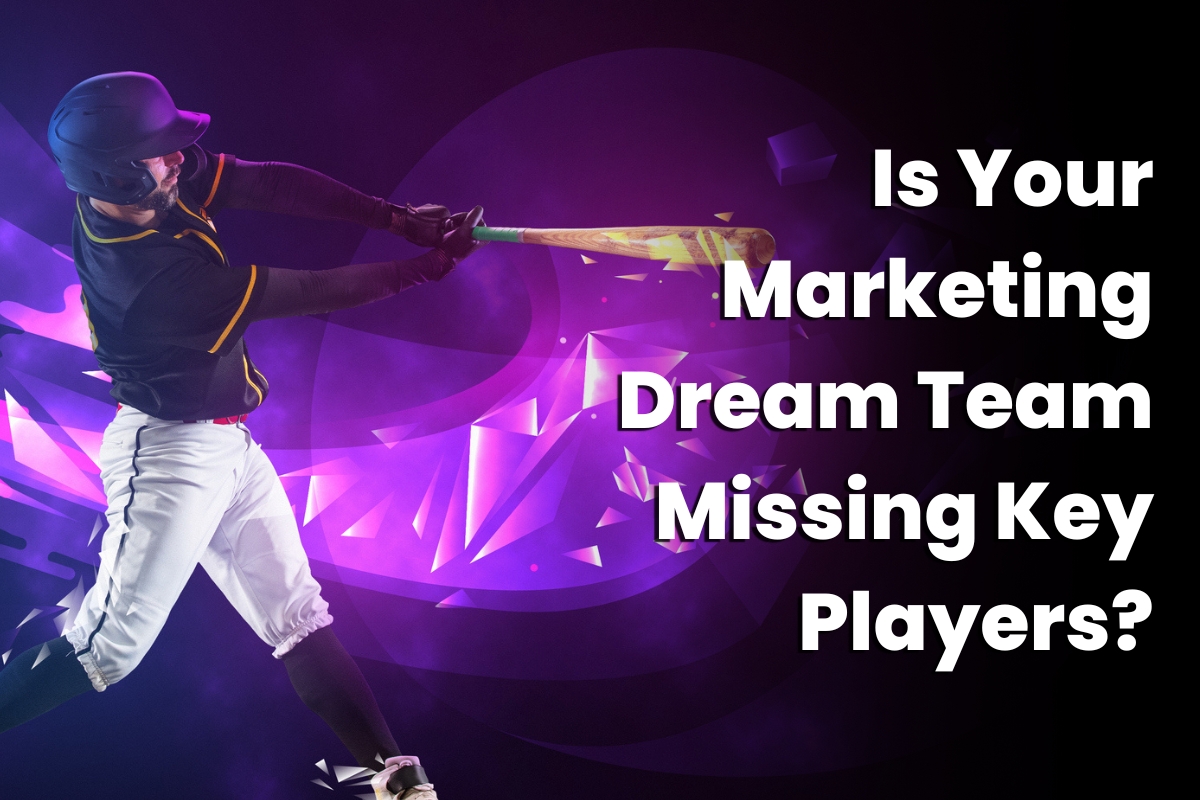
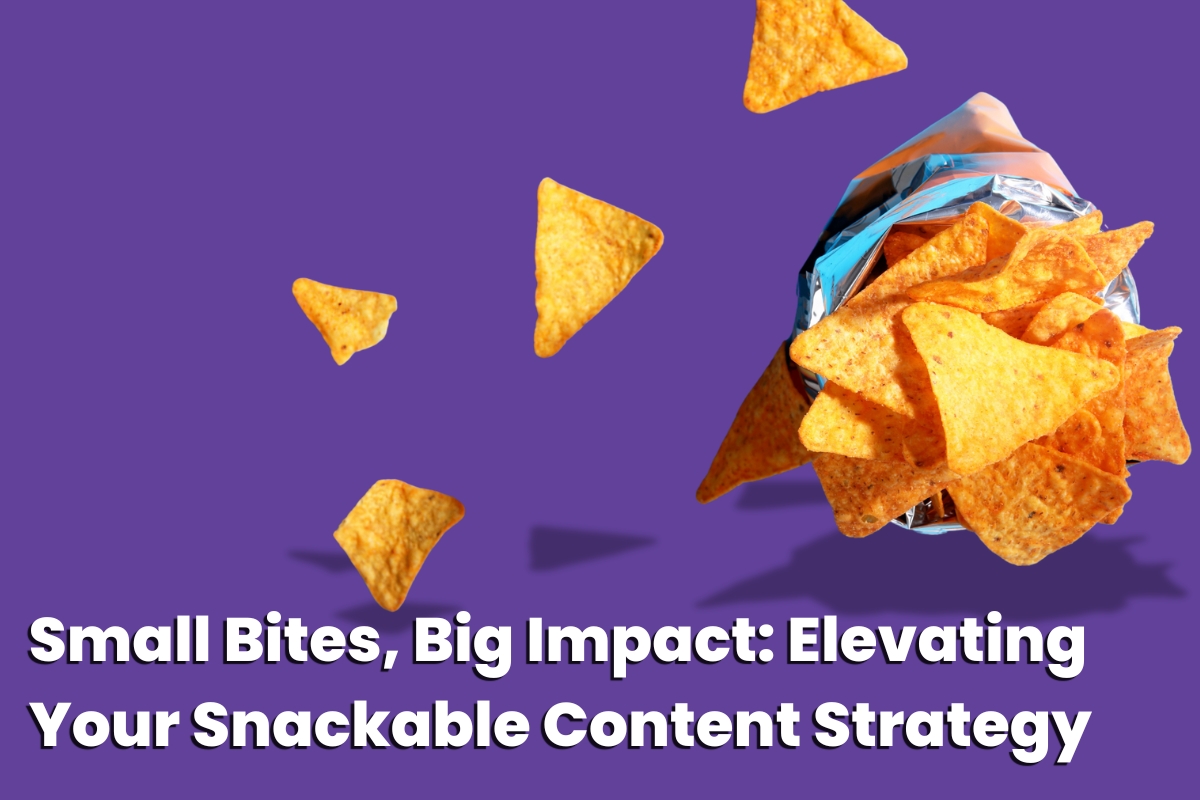

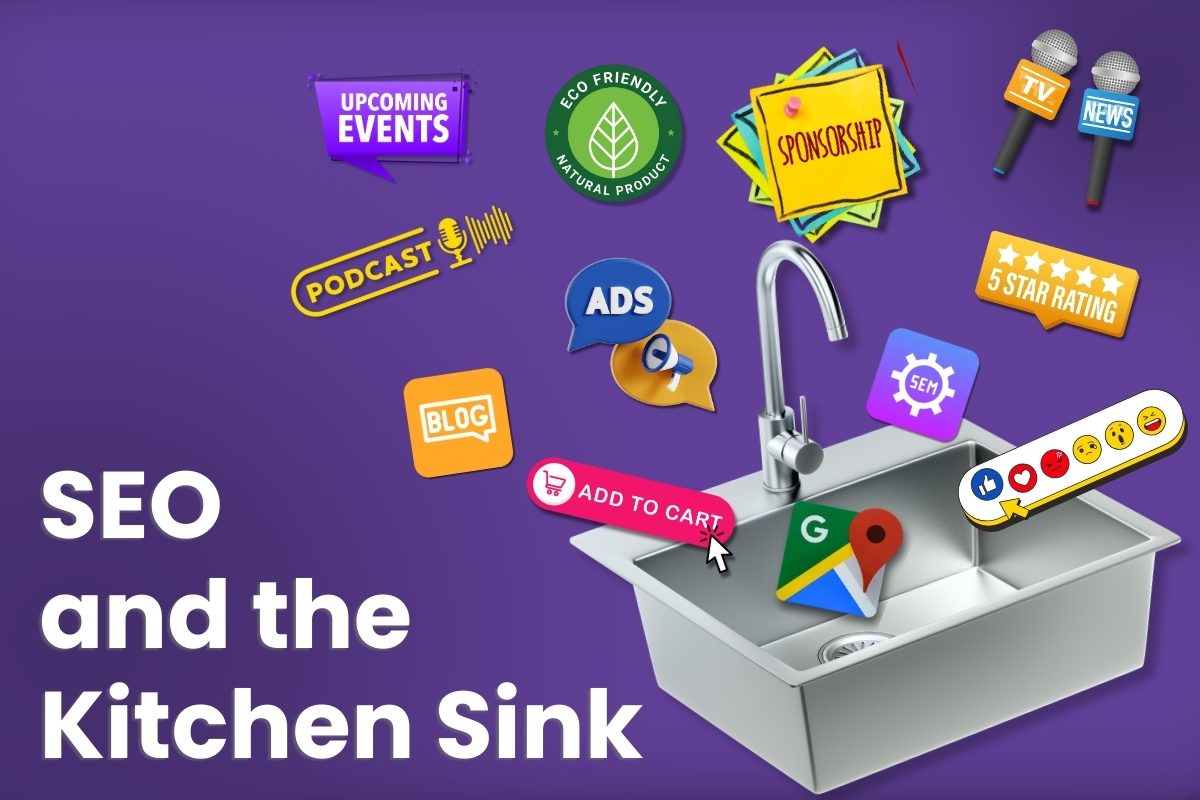

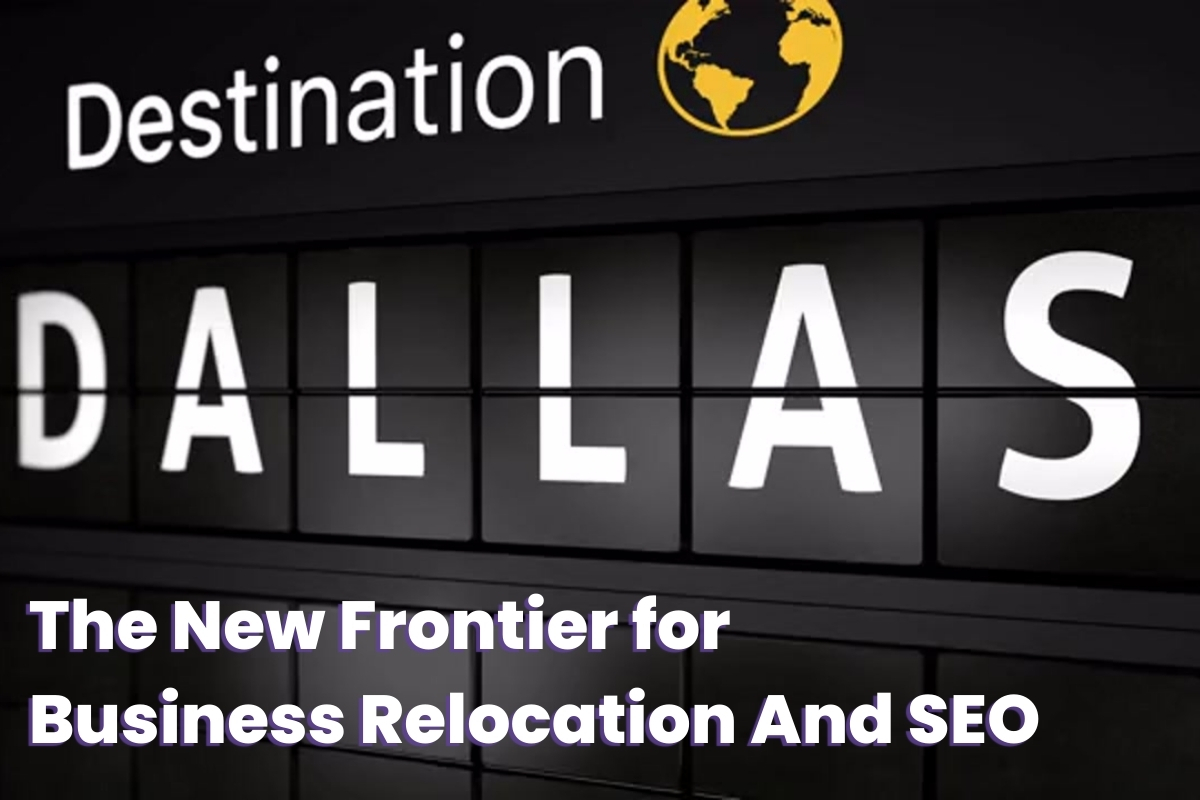
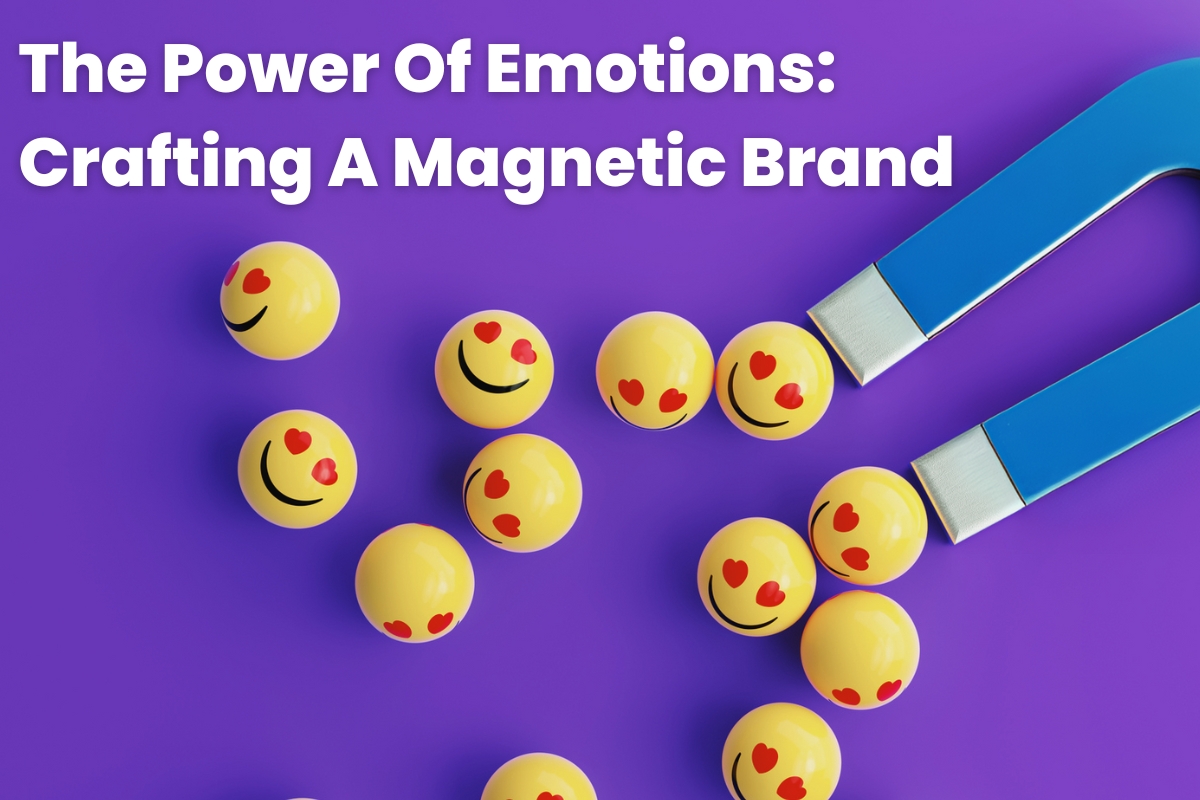
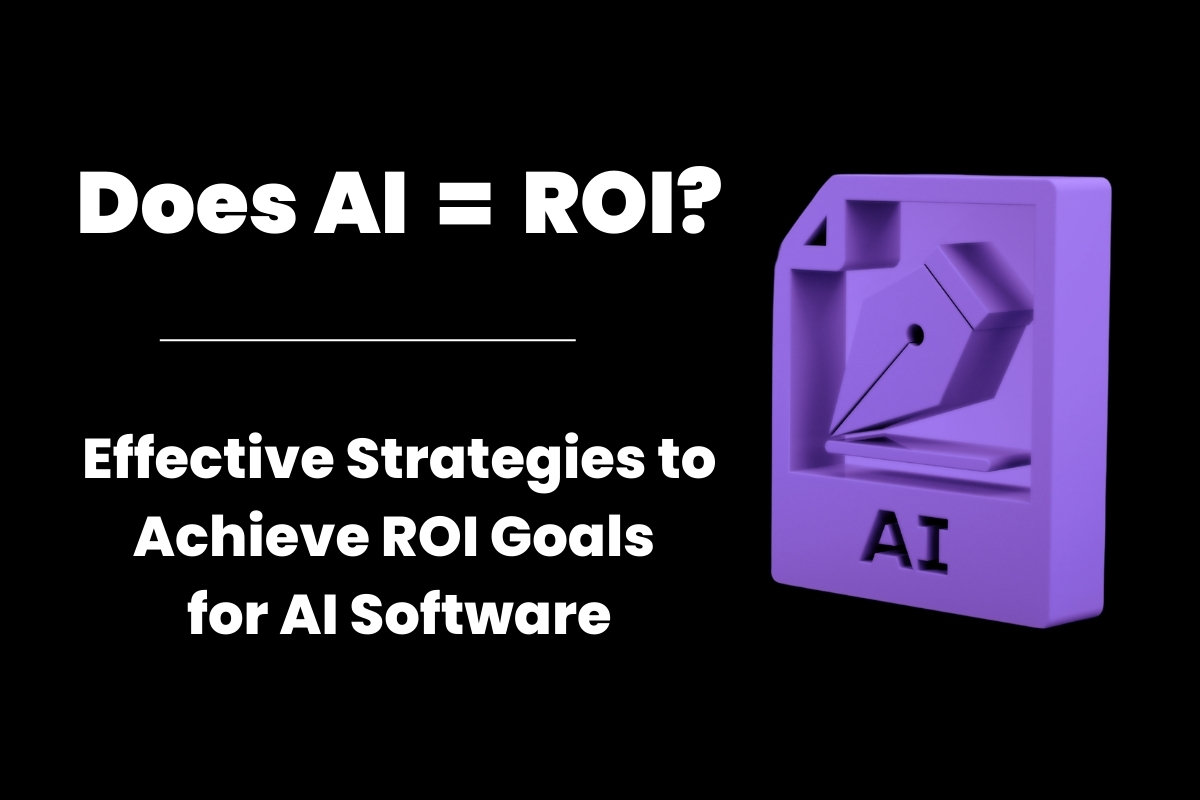
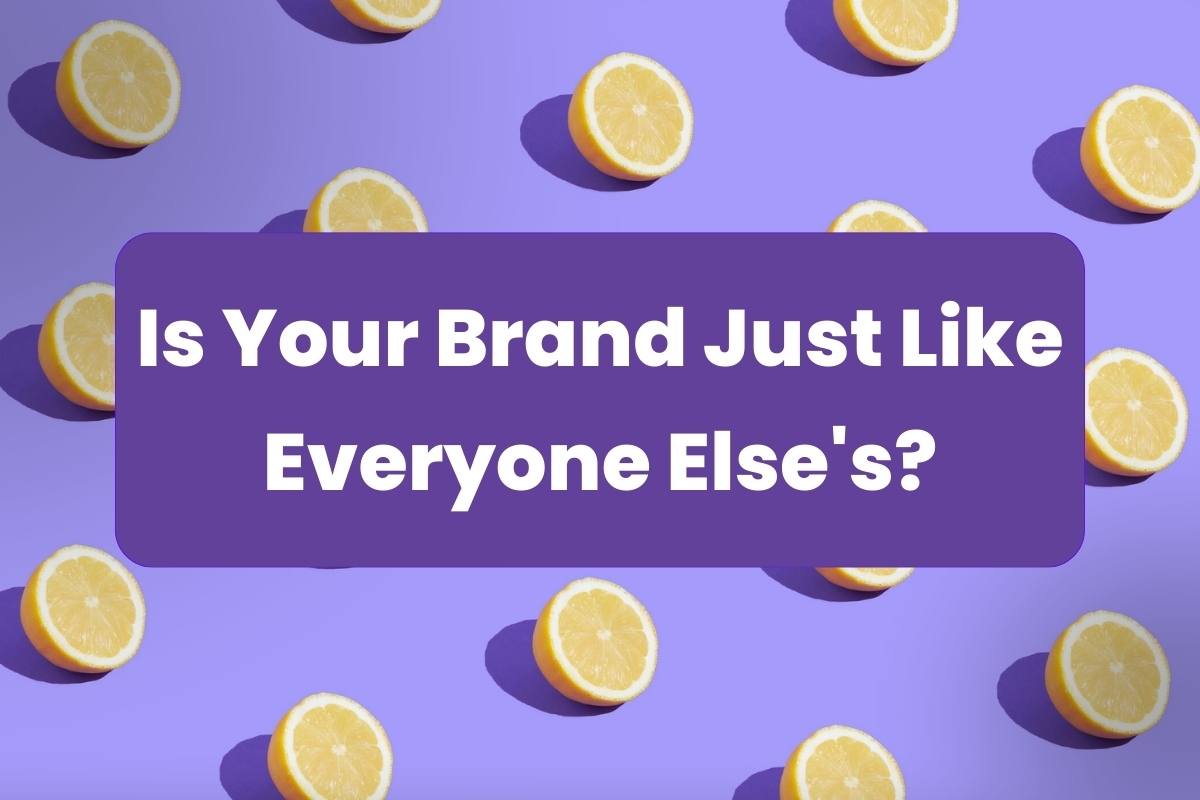
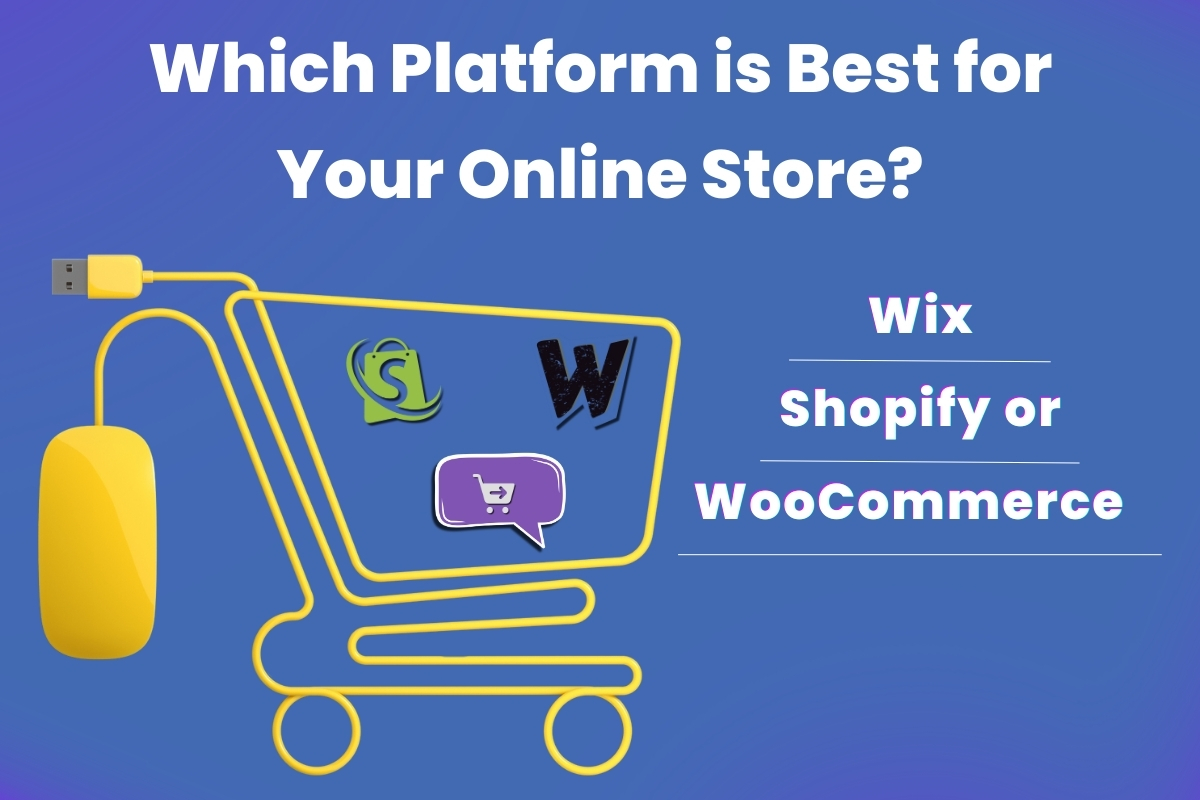

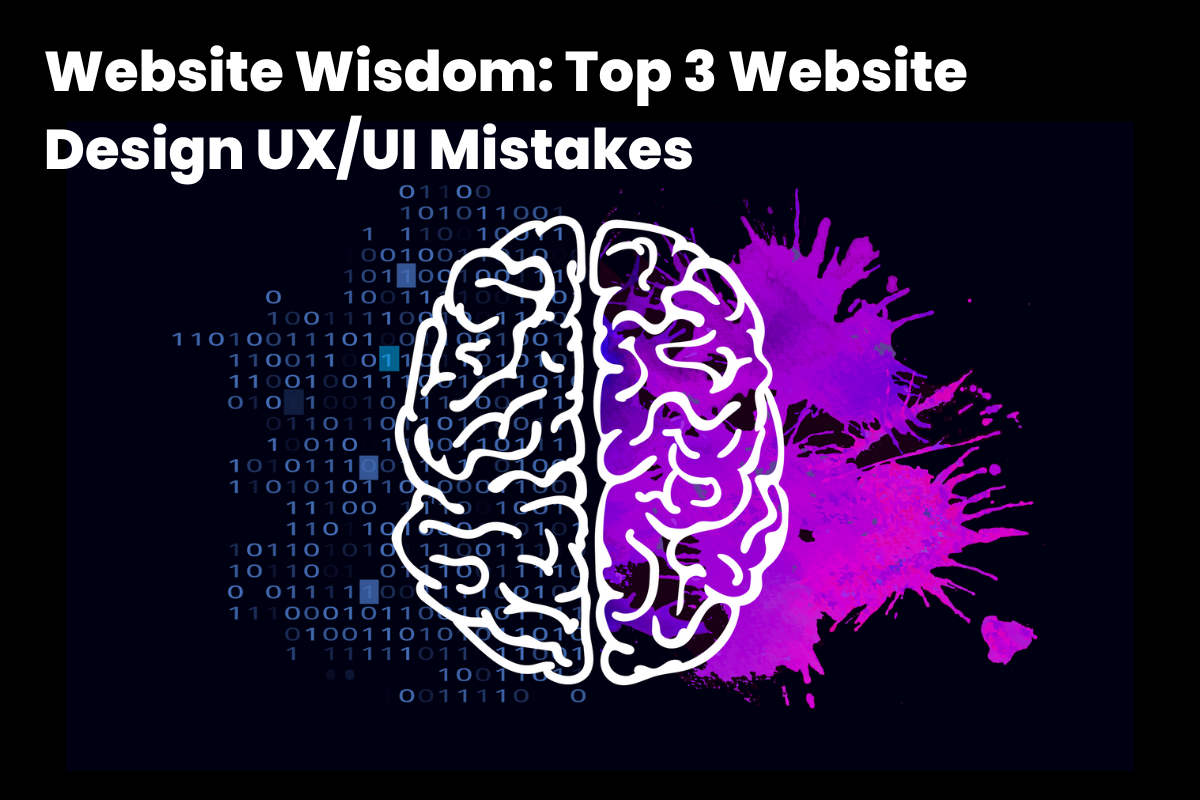
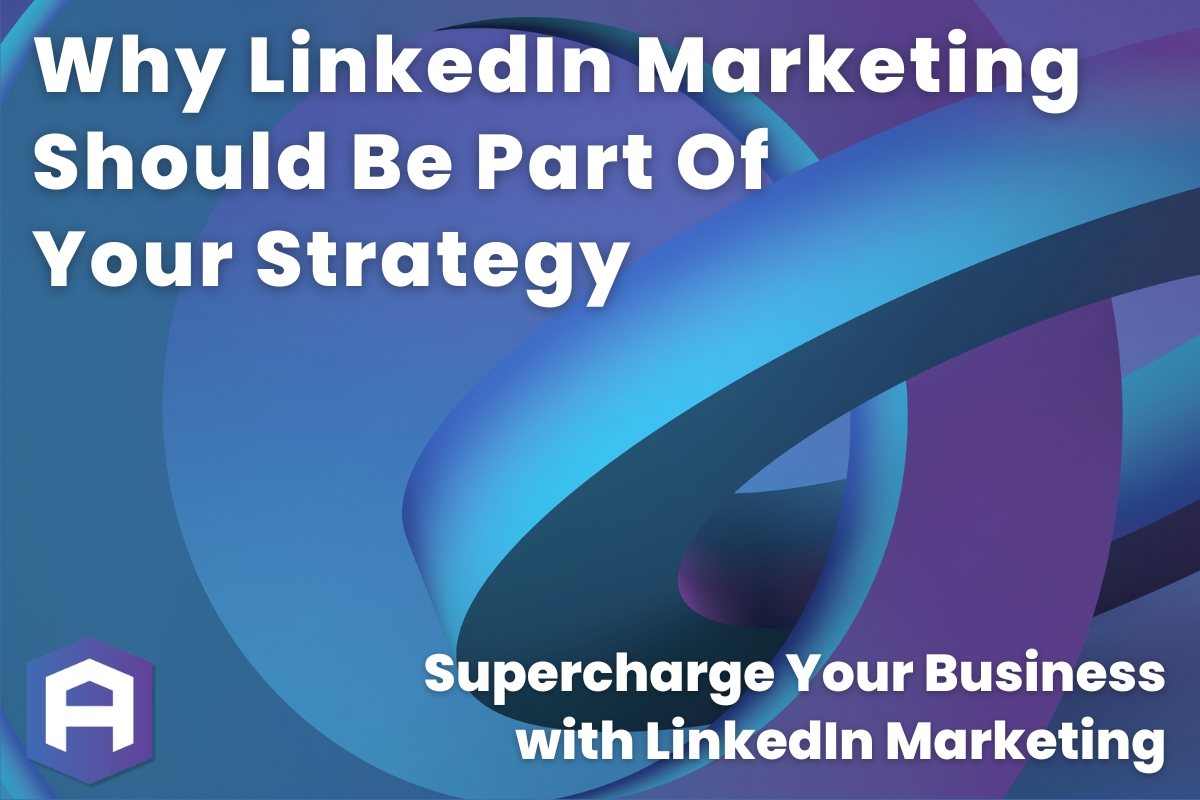
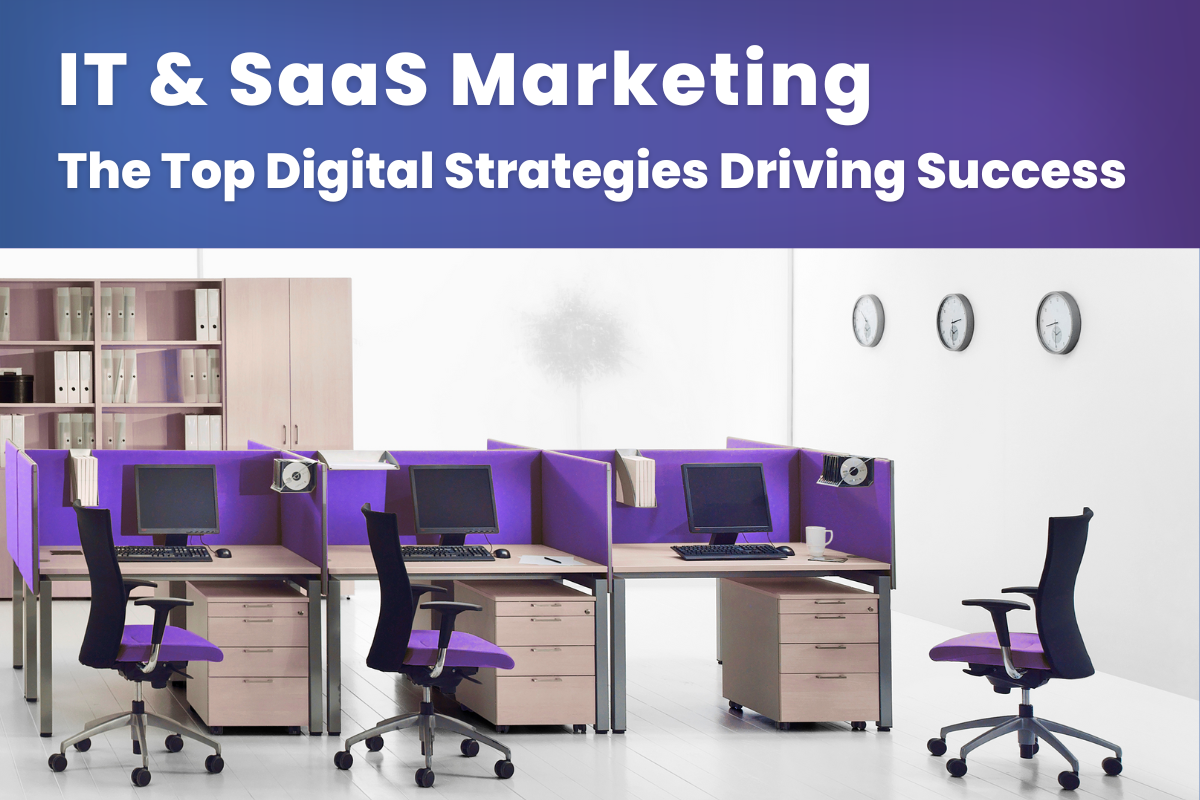
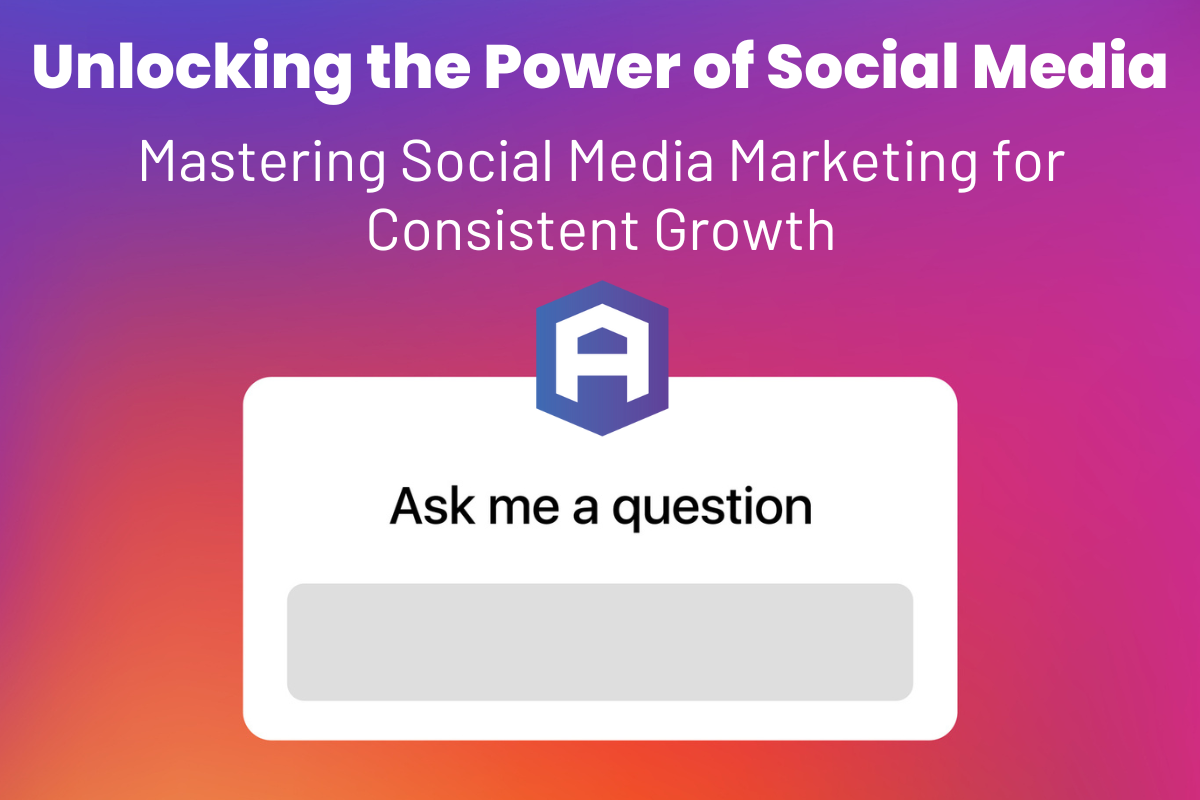

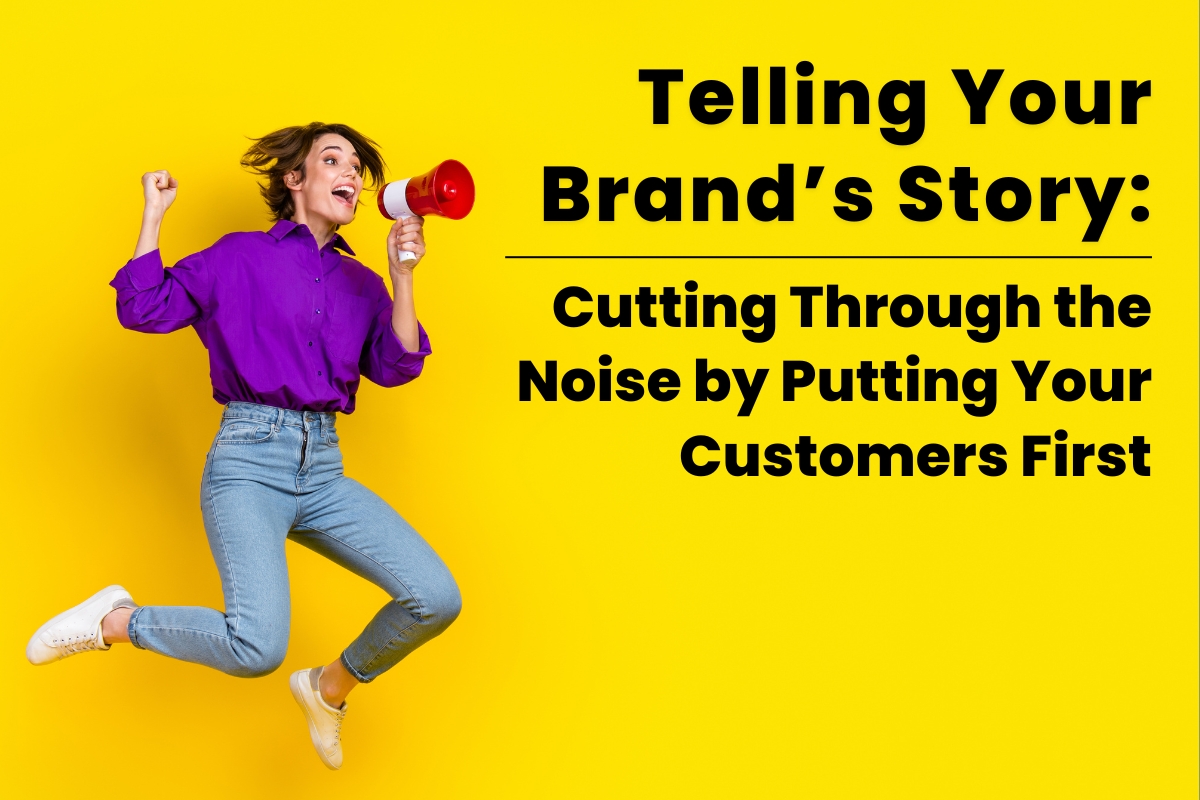
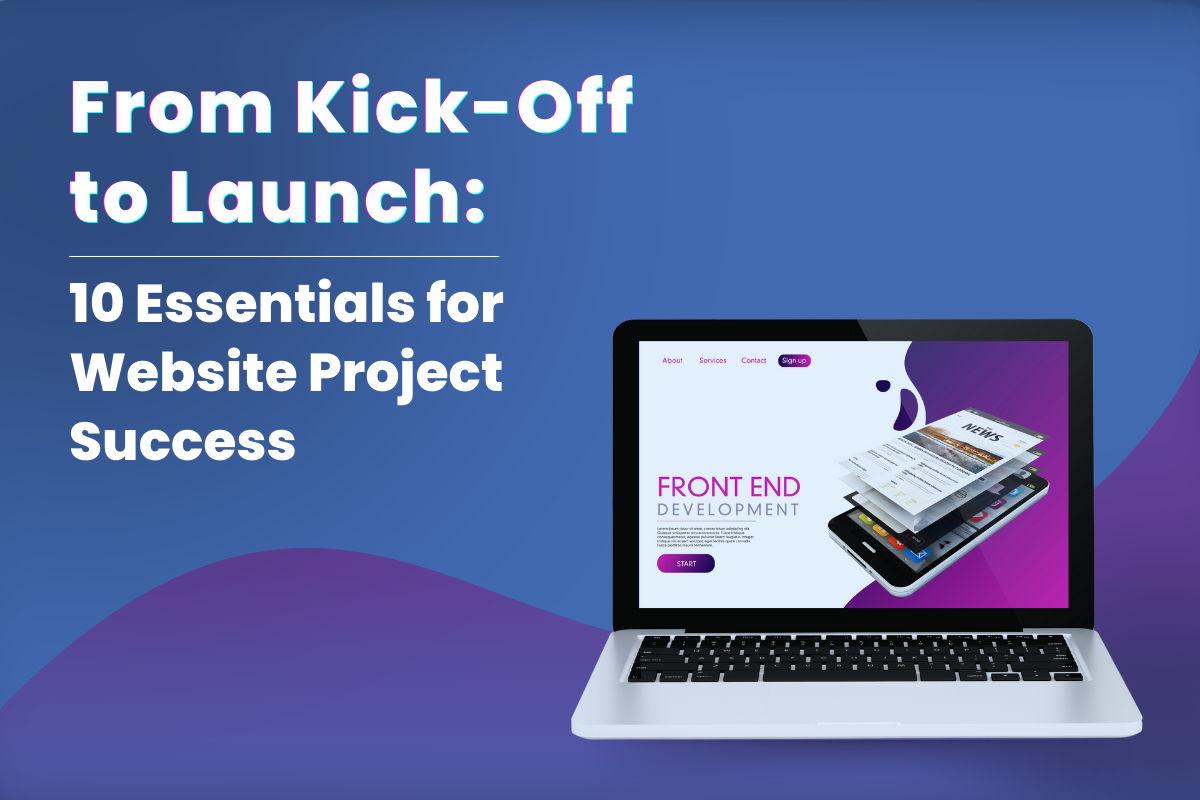

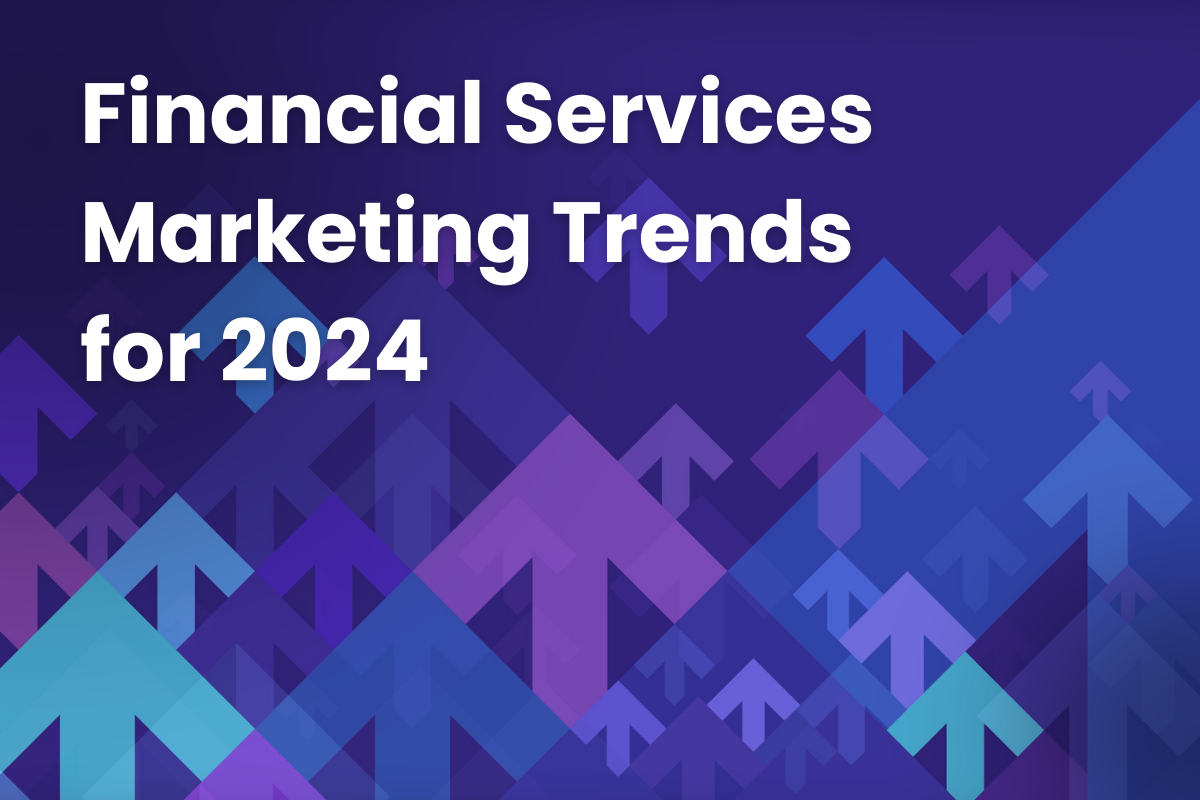
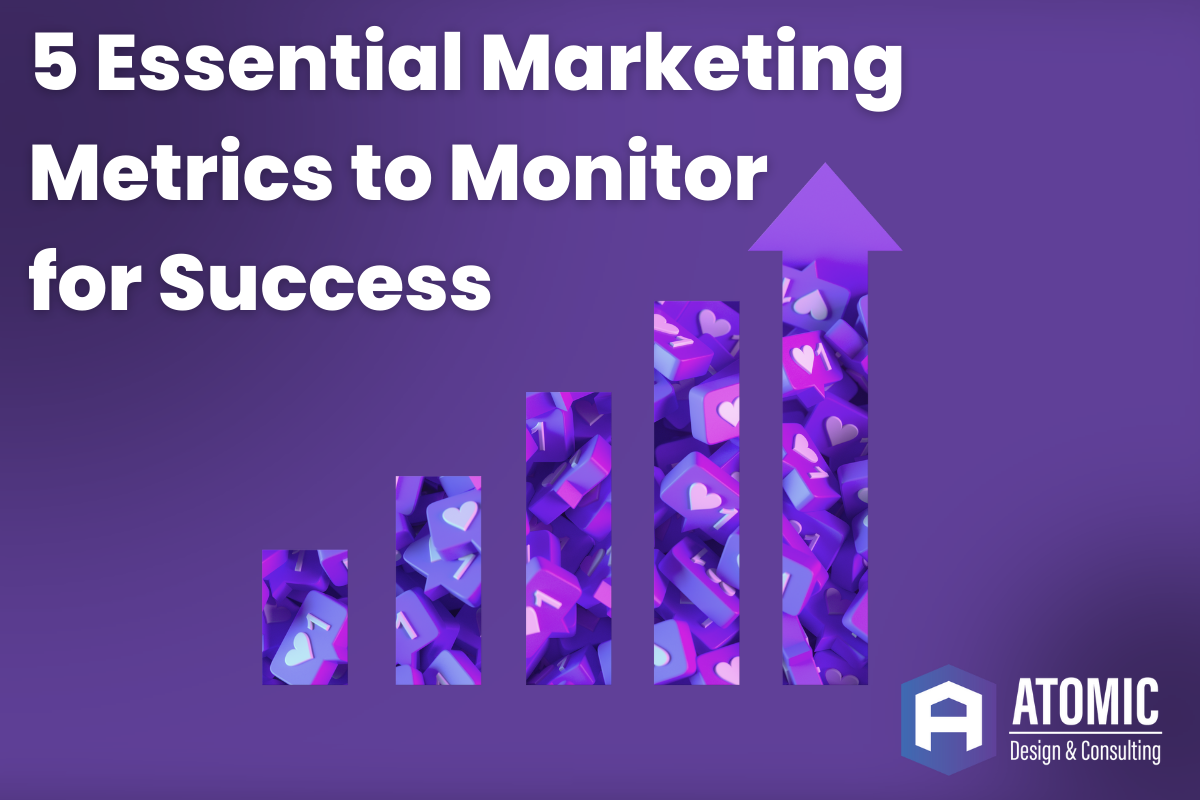
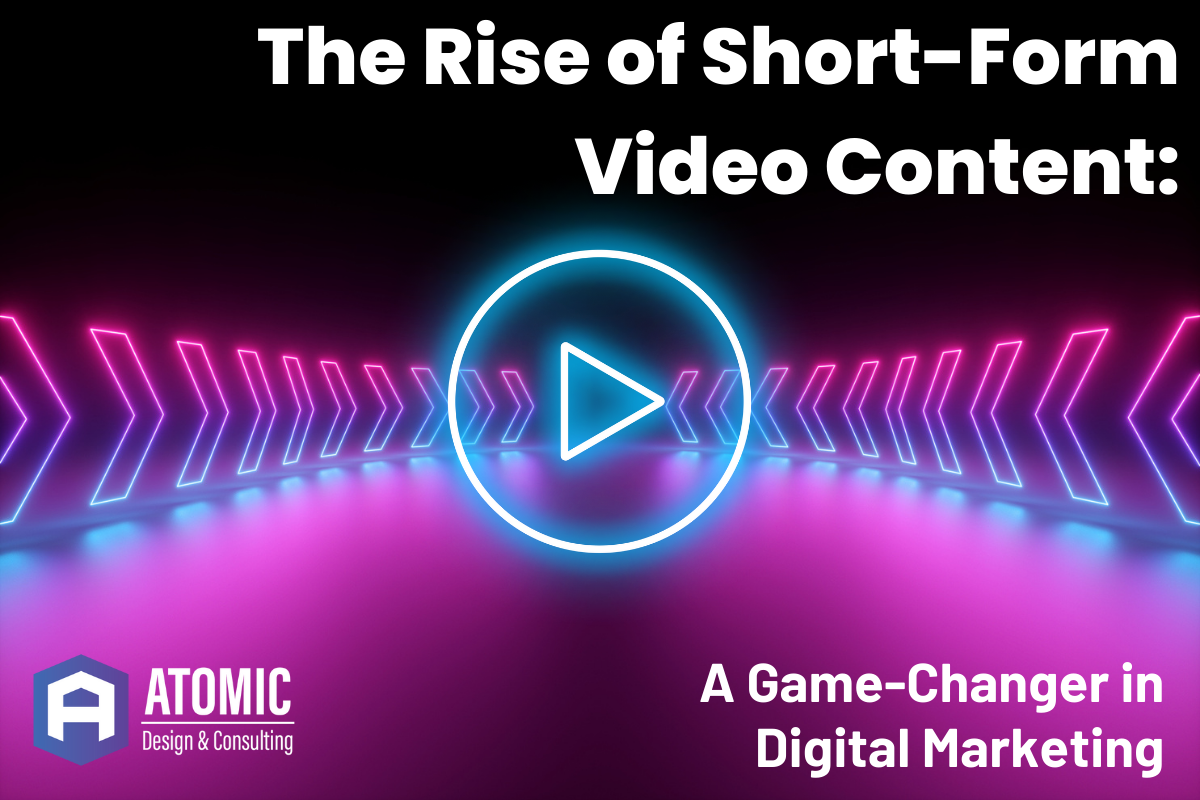
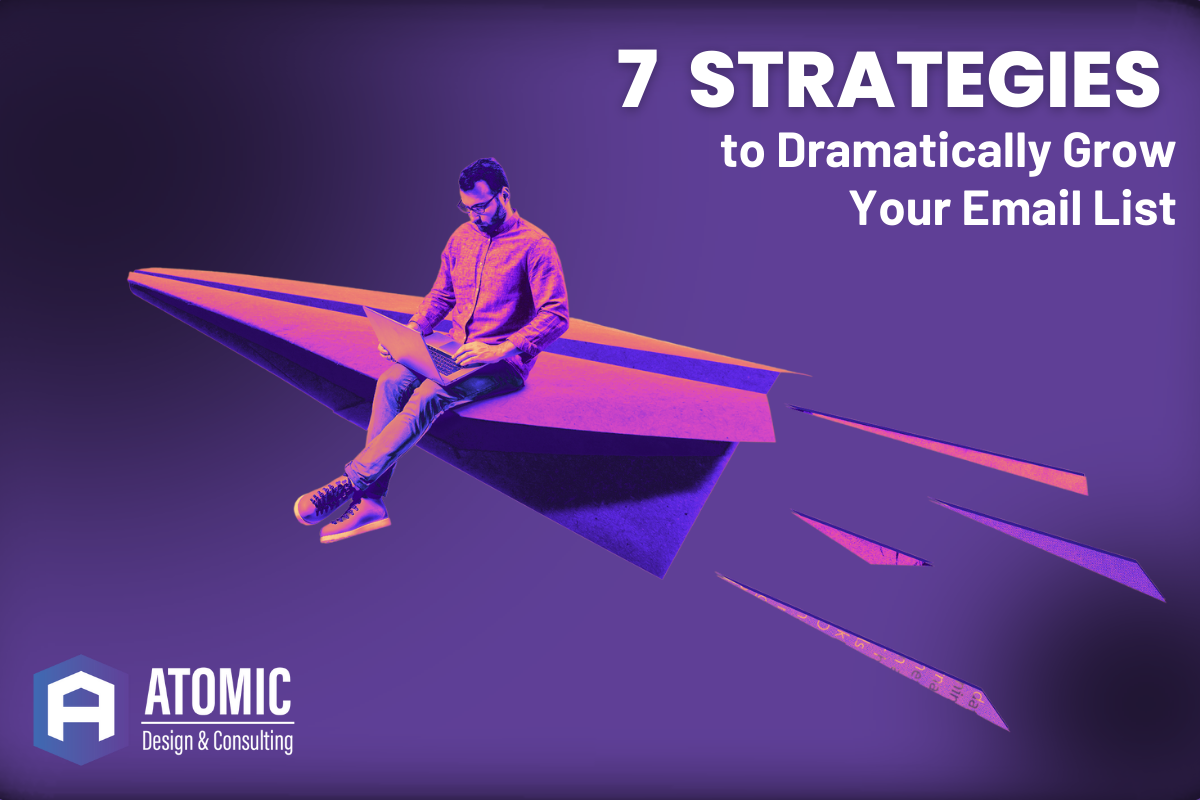
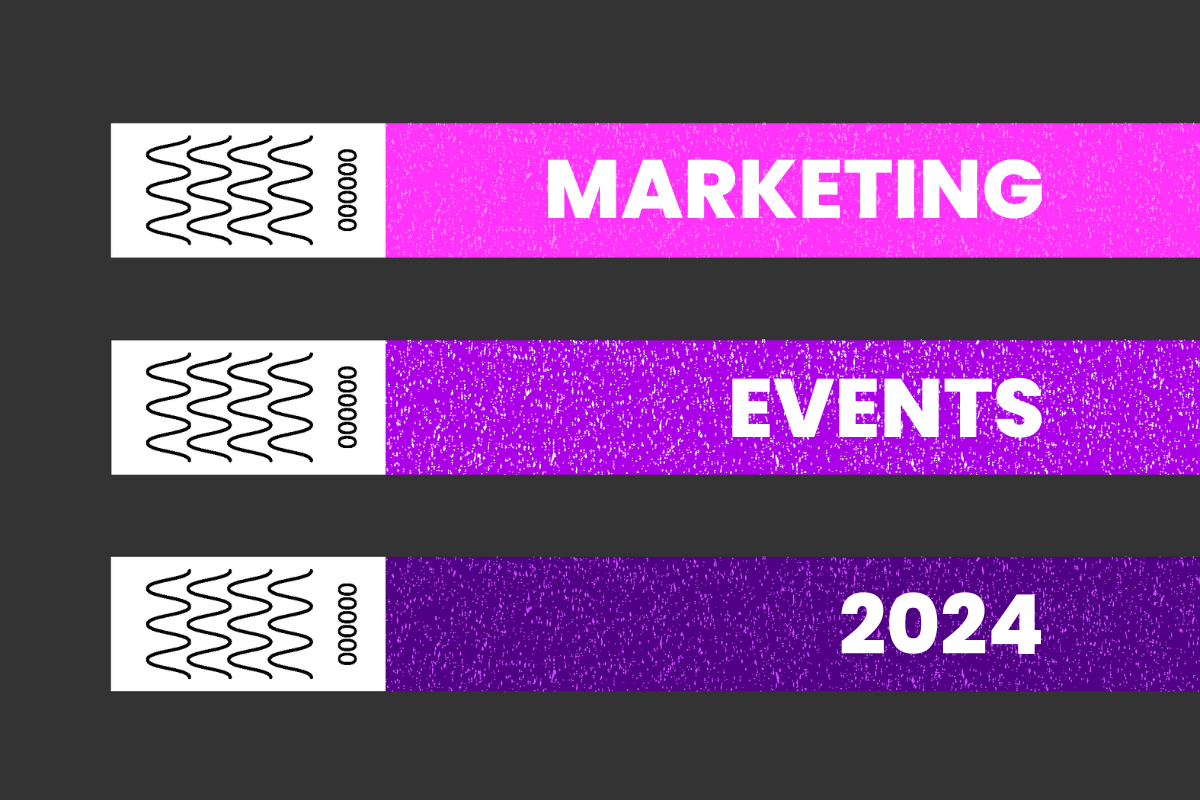
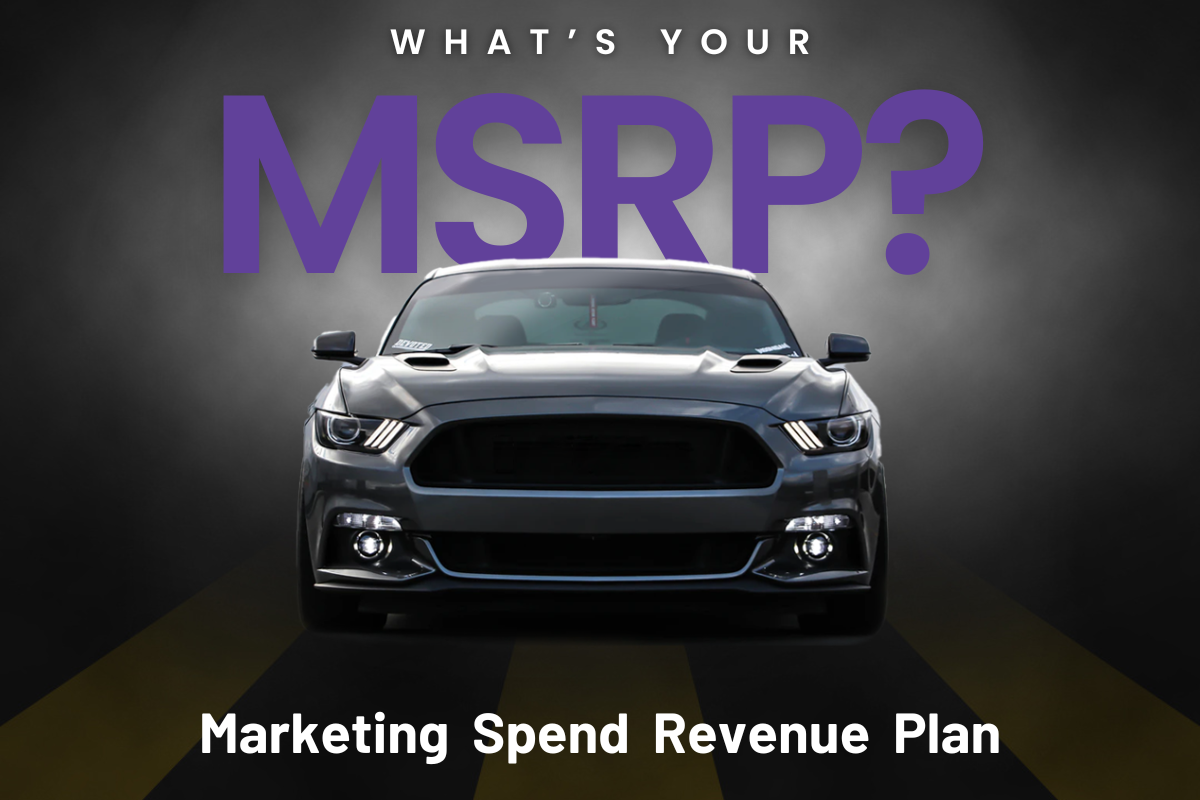

















![HubSpot Partner Day 2019 [Recap] 52 ADC partner day 1200x630 1](https://www.atomicdc.com/wp-content/uploads/2019/09/ADC-partner-day-1200x630-1.jpg)
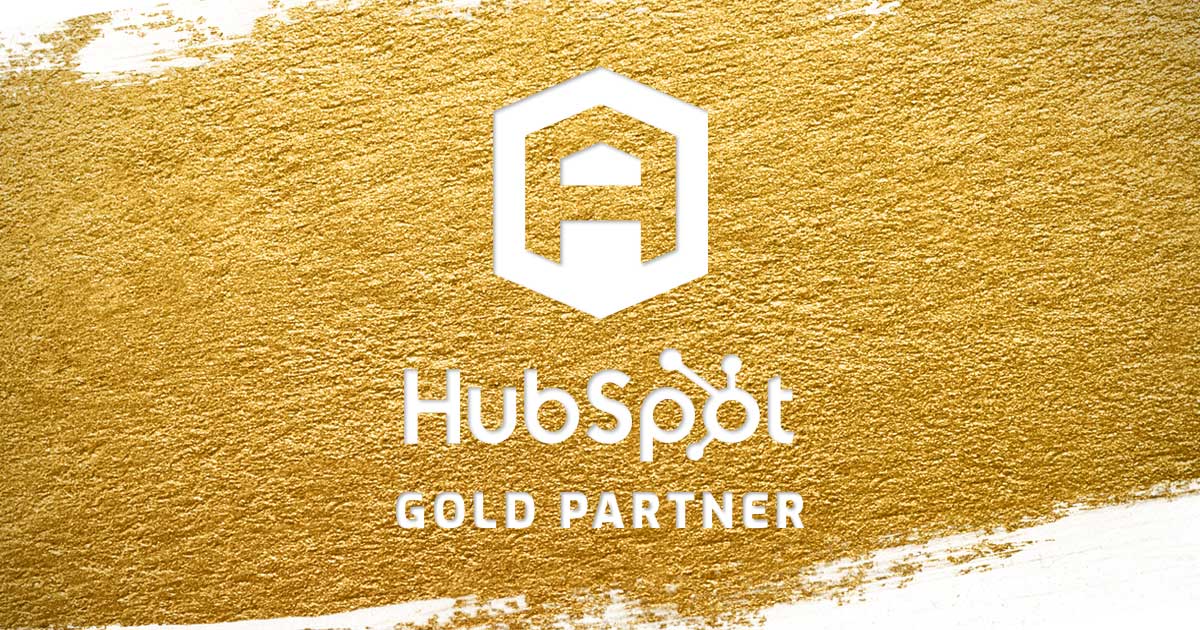


![30 Awesome HubSpot Tools That Won’t Cost You a Dime [Free Inbound Marketing Tools] 56 30 hubspot tools that won't cost you a dime](https://www.atomicdc.com/wp-content/uploads/2019/06/ADC-30-hubspot-tools.jpg)

